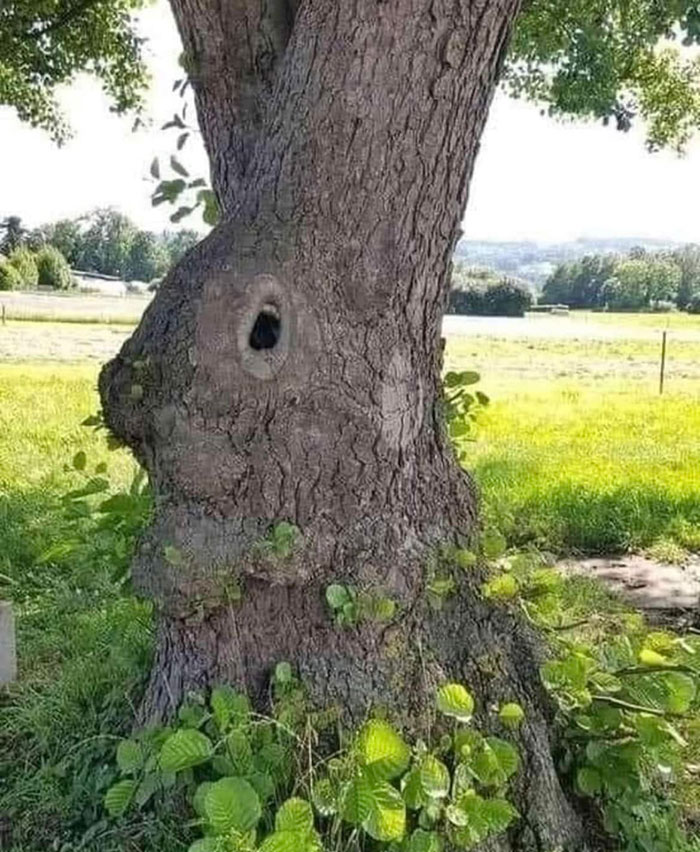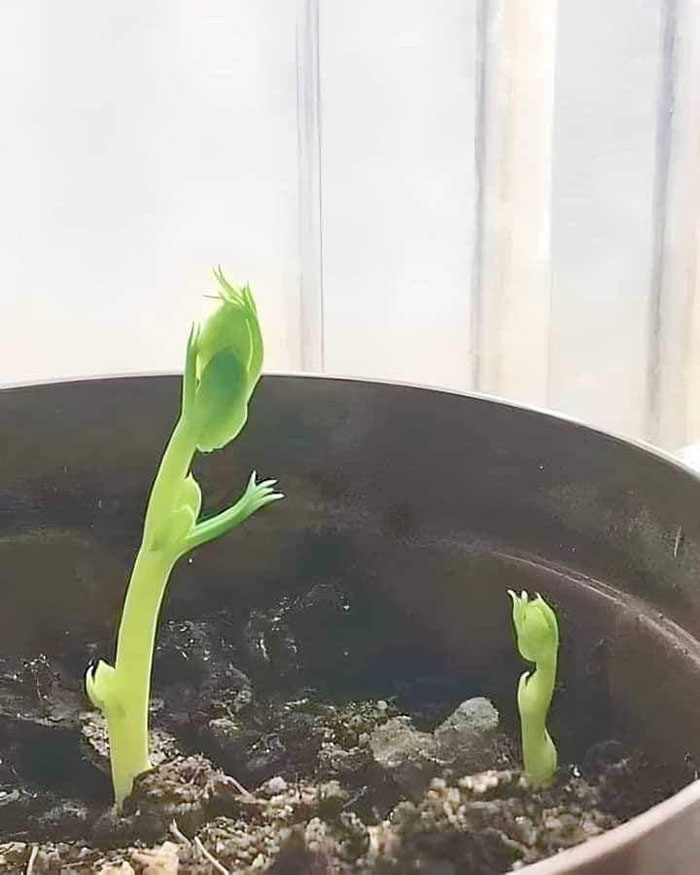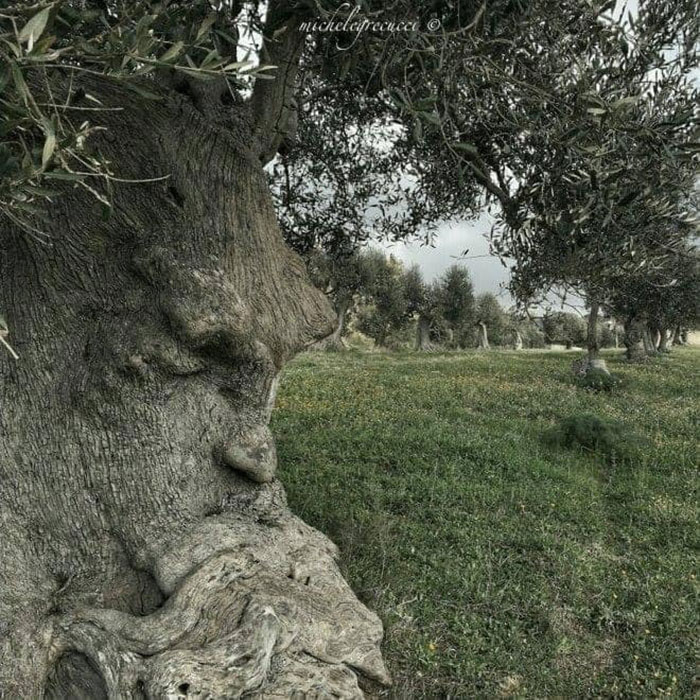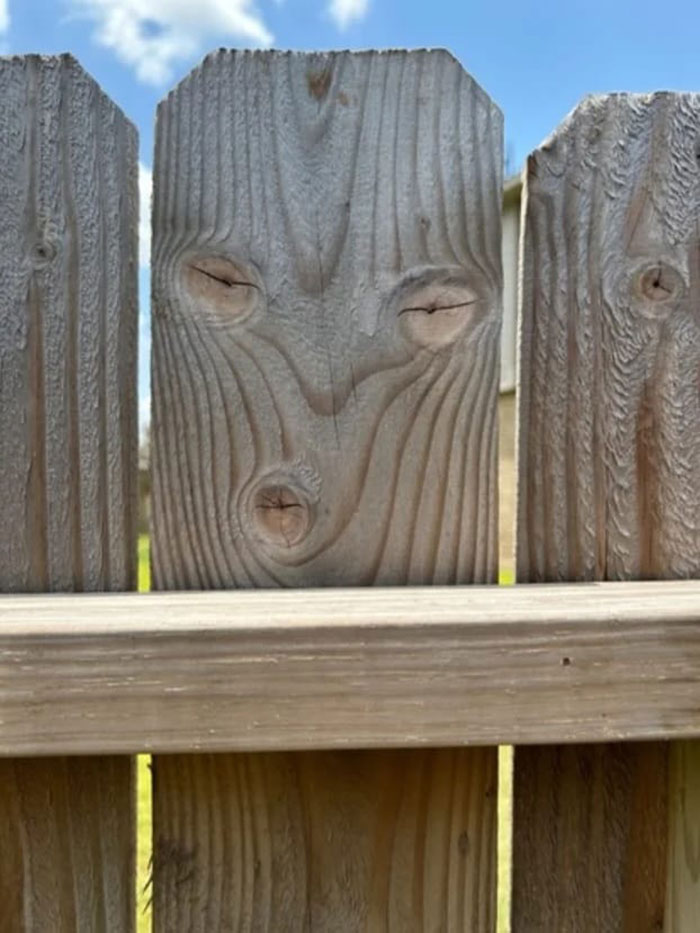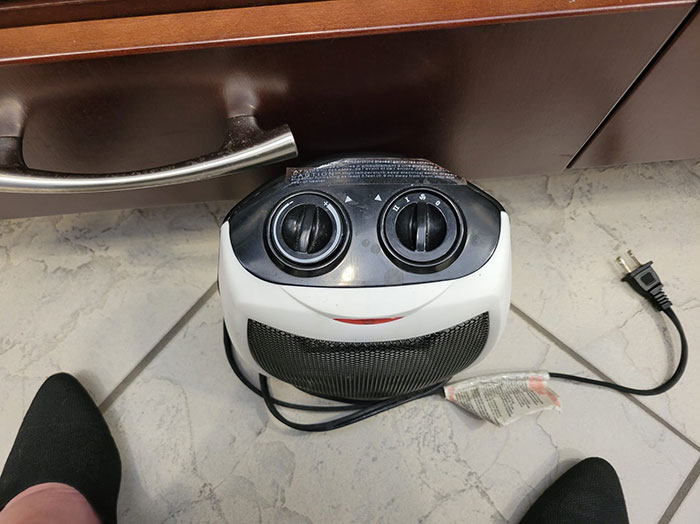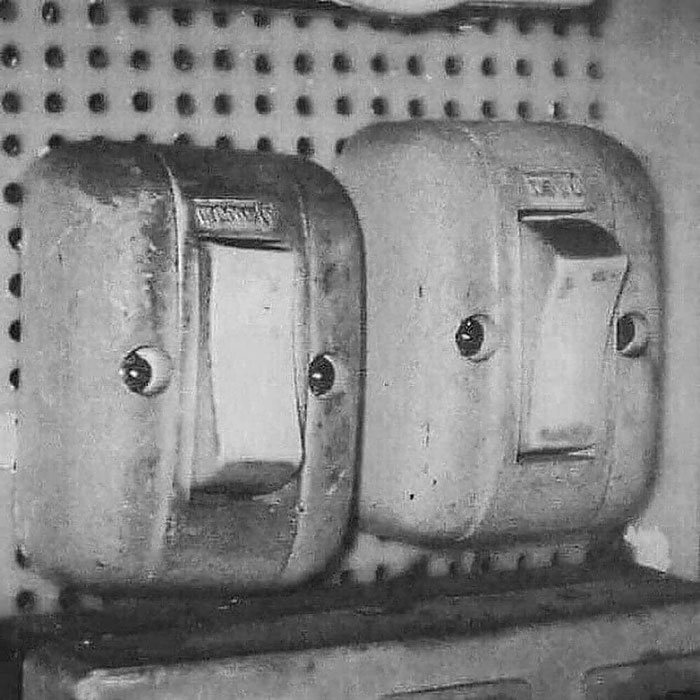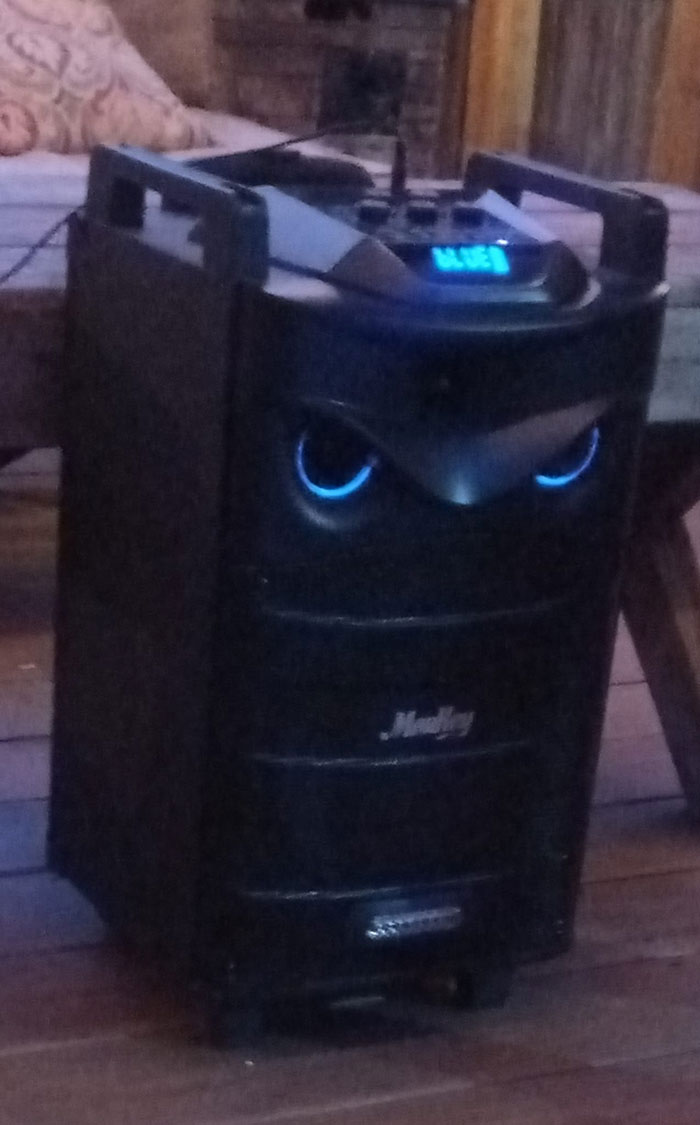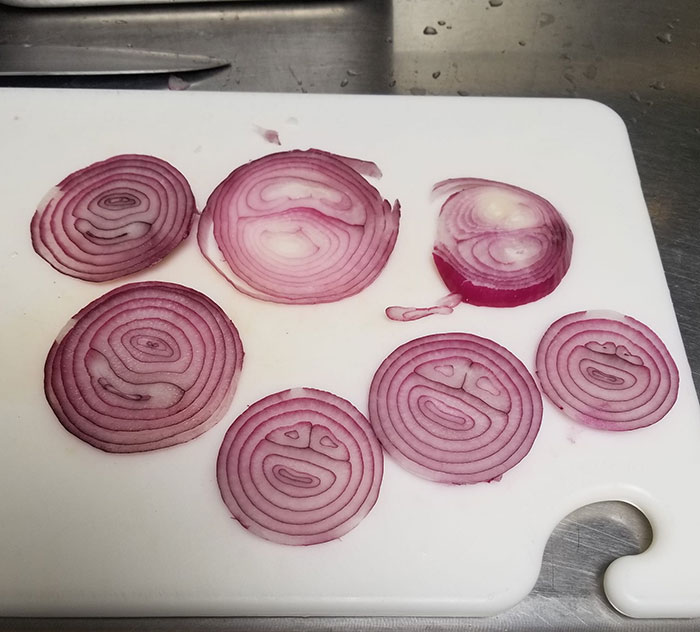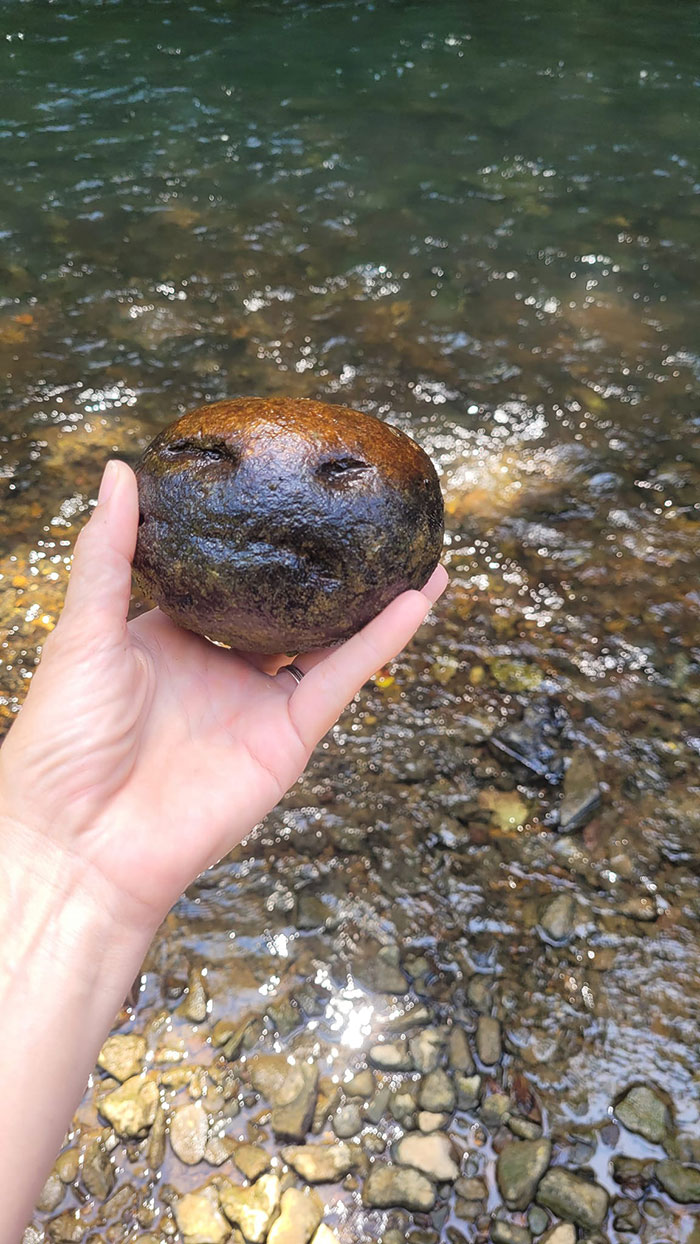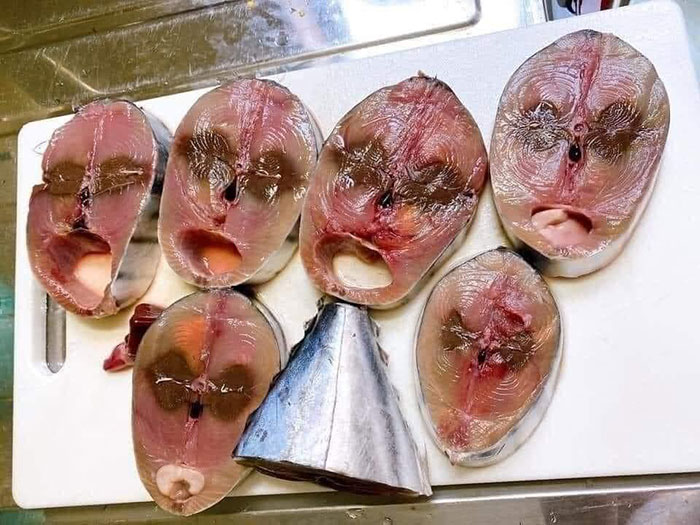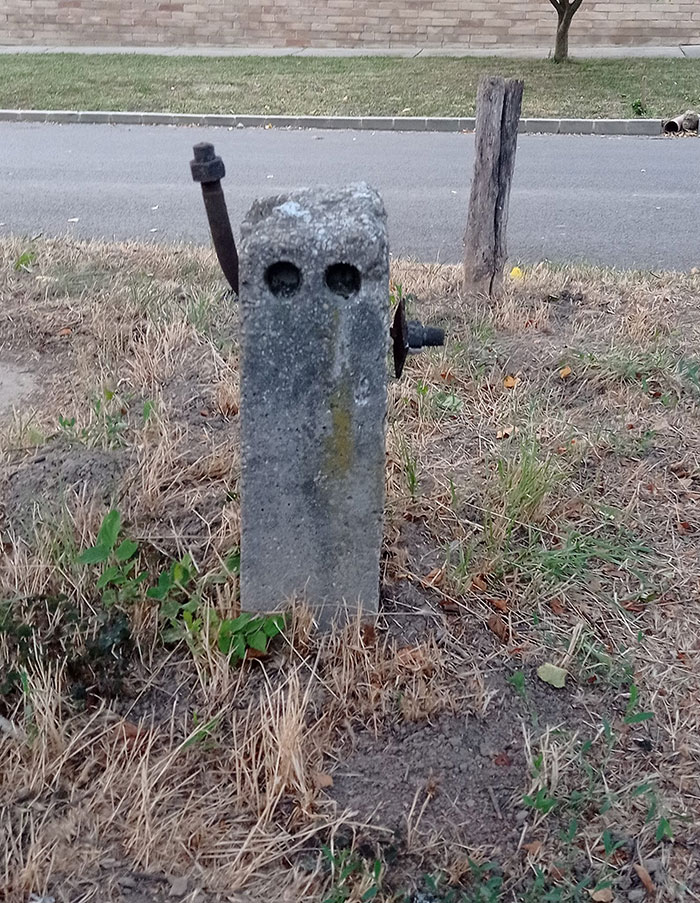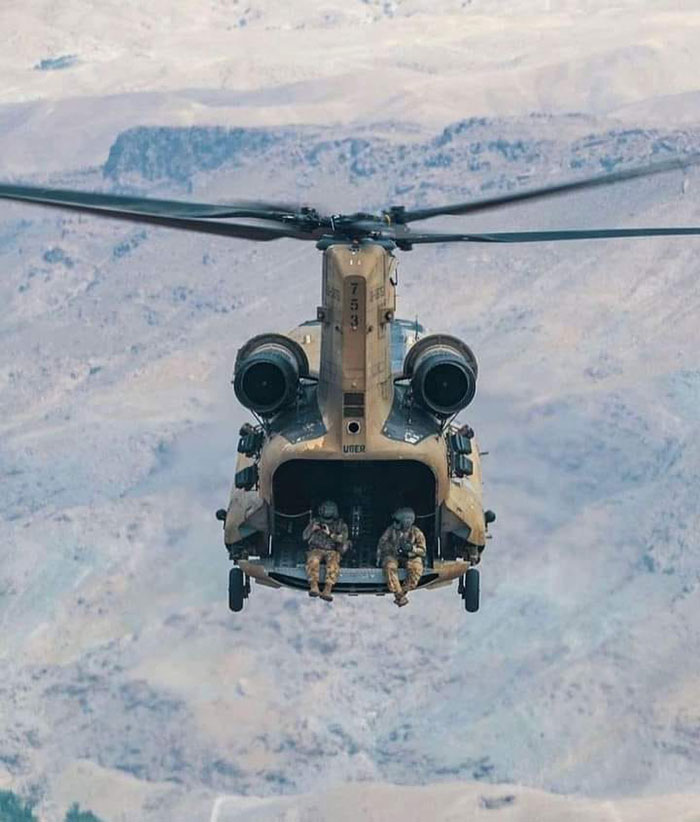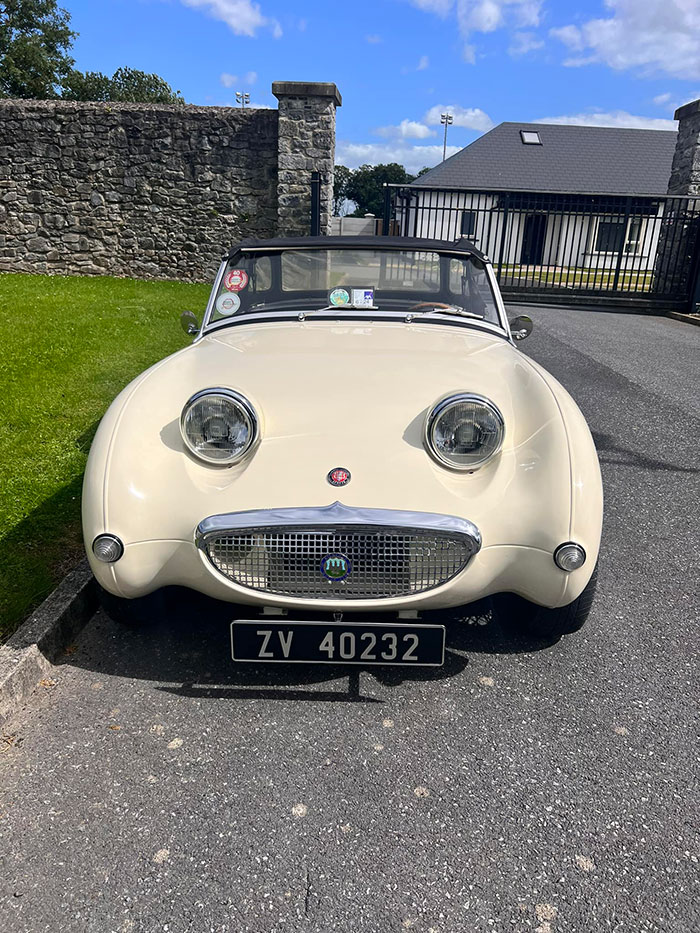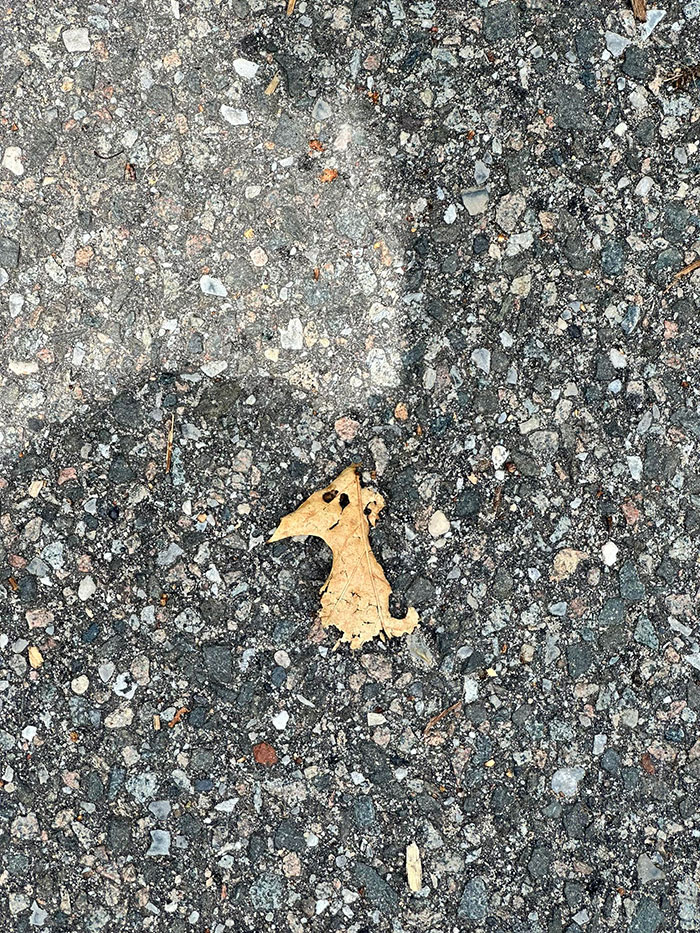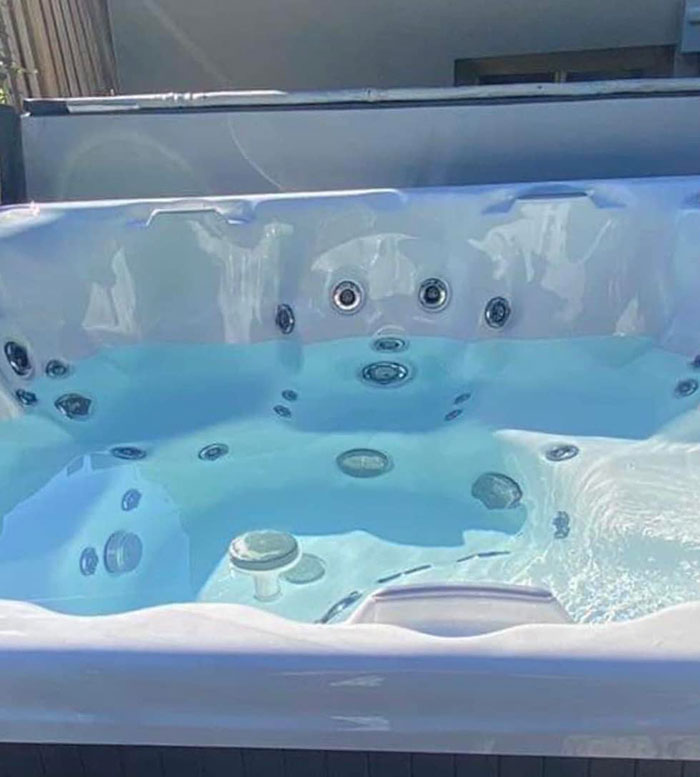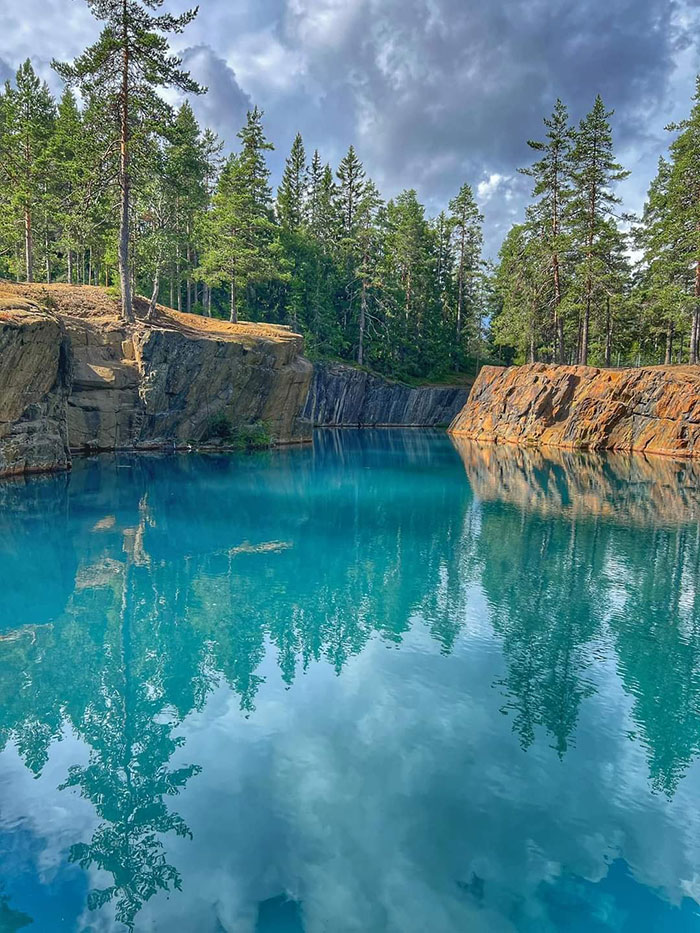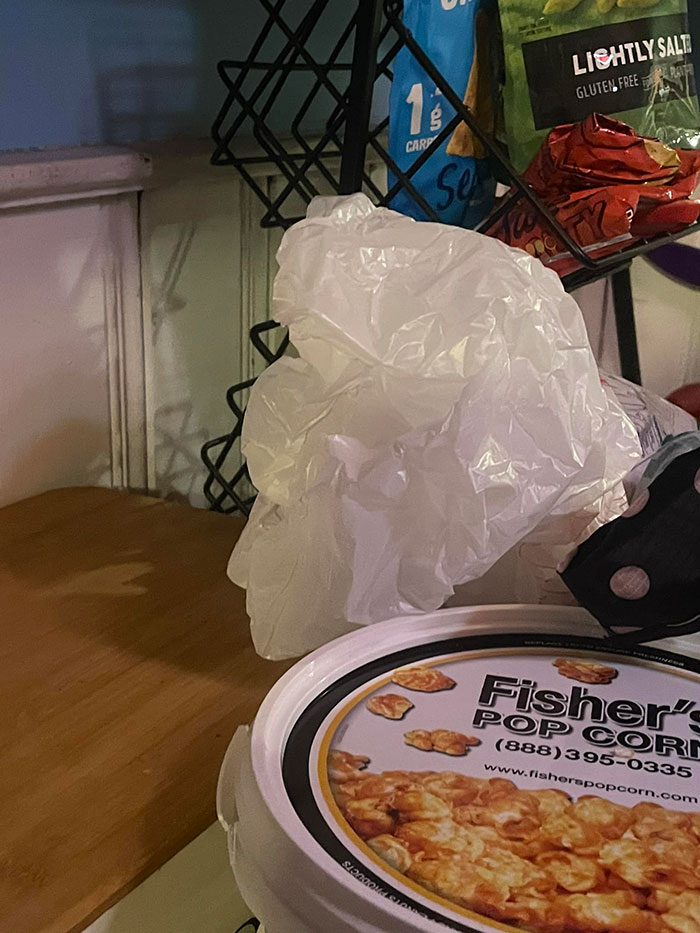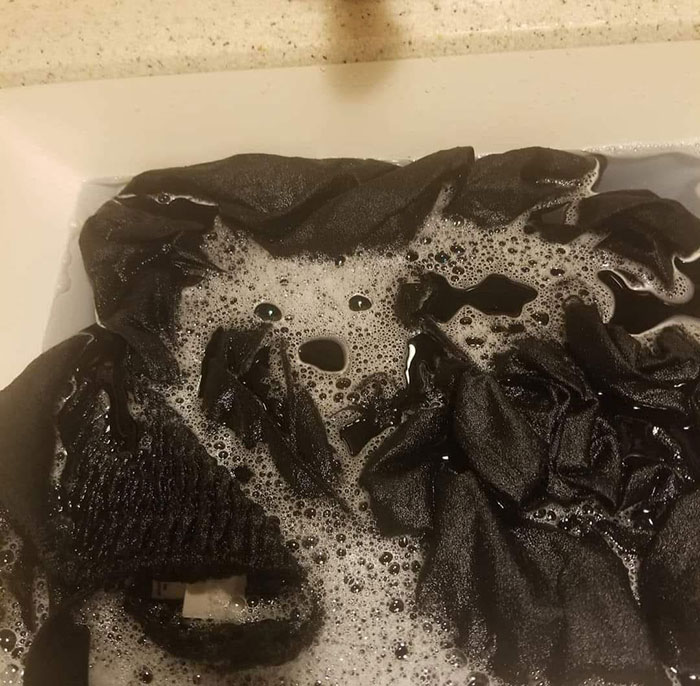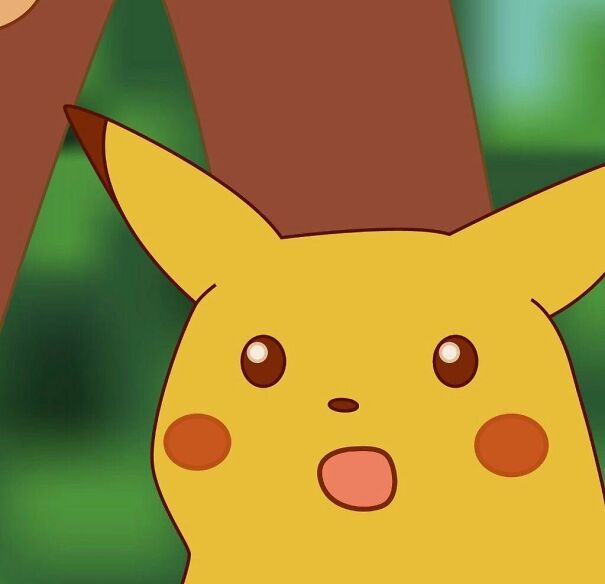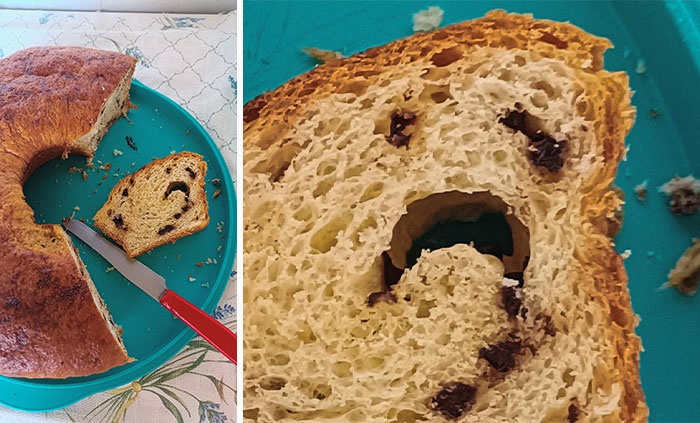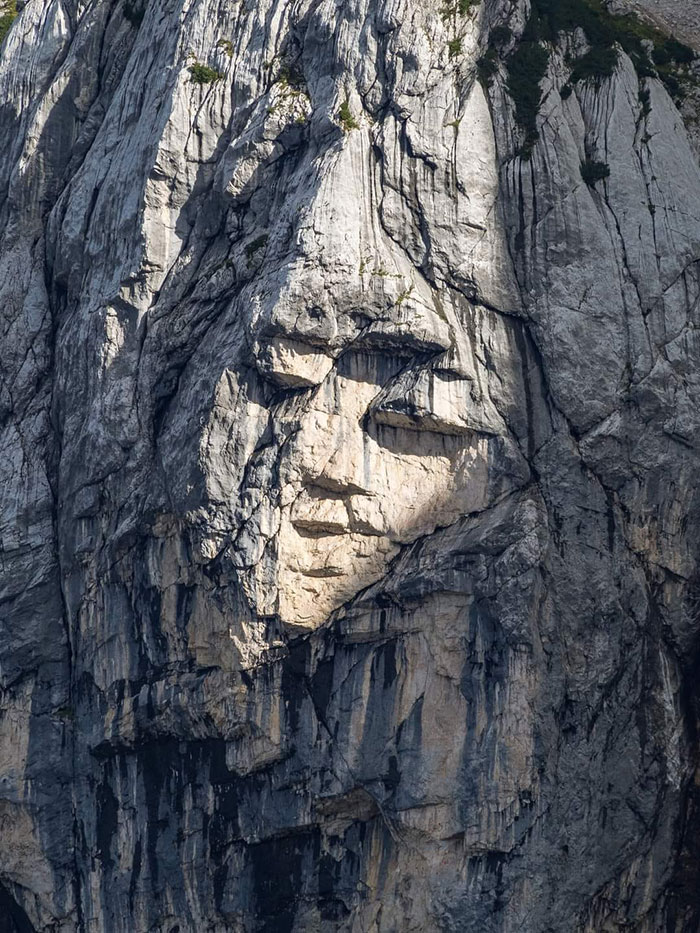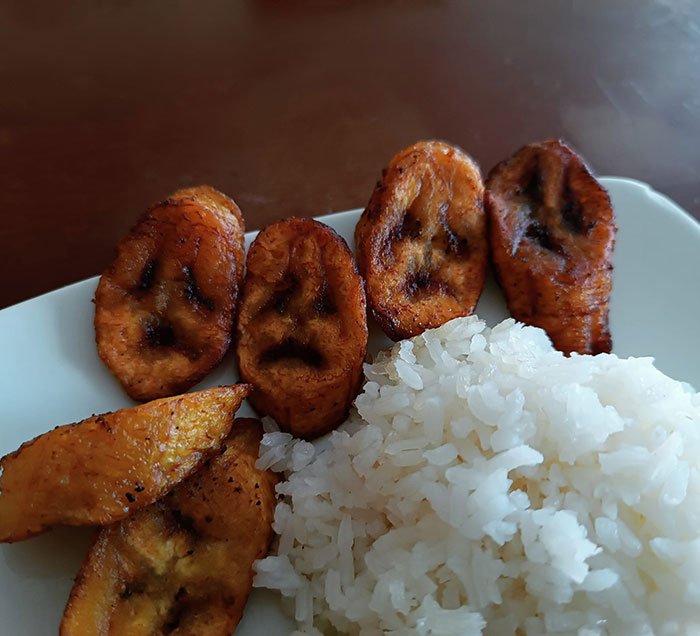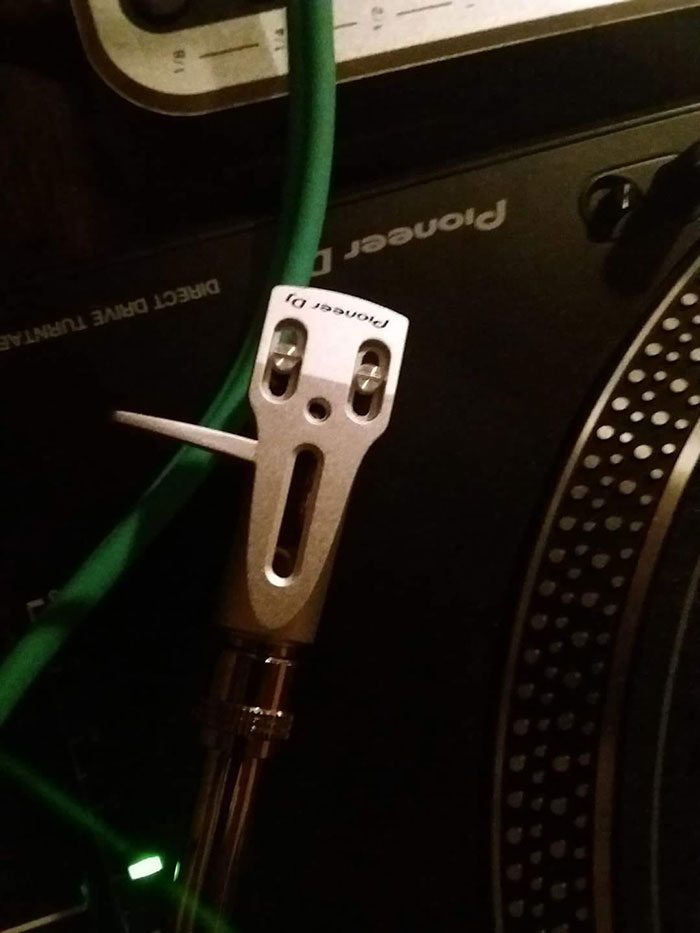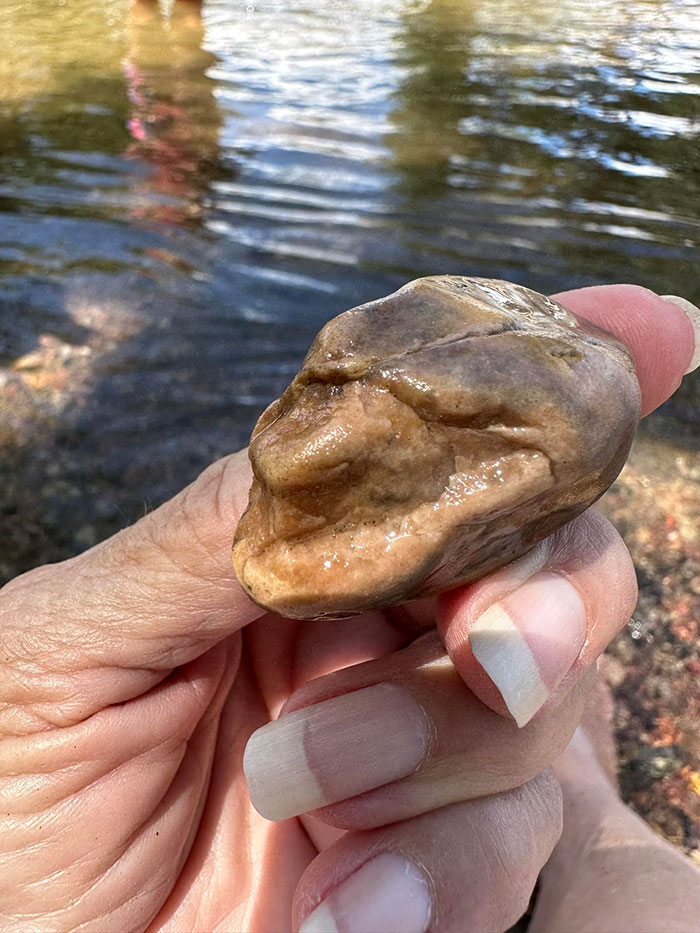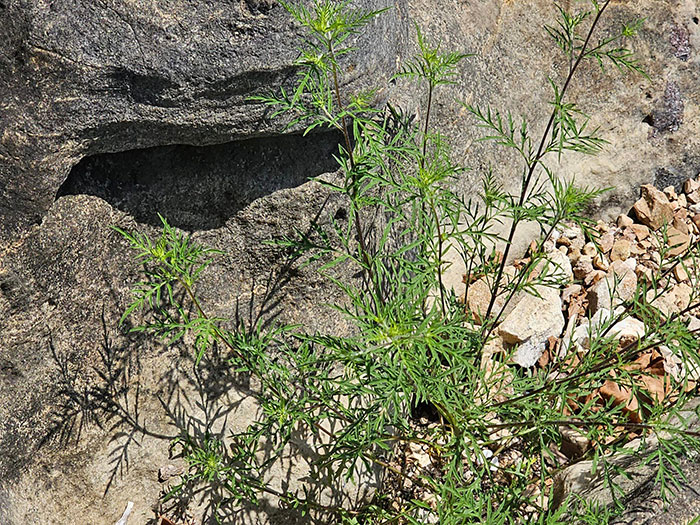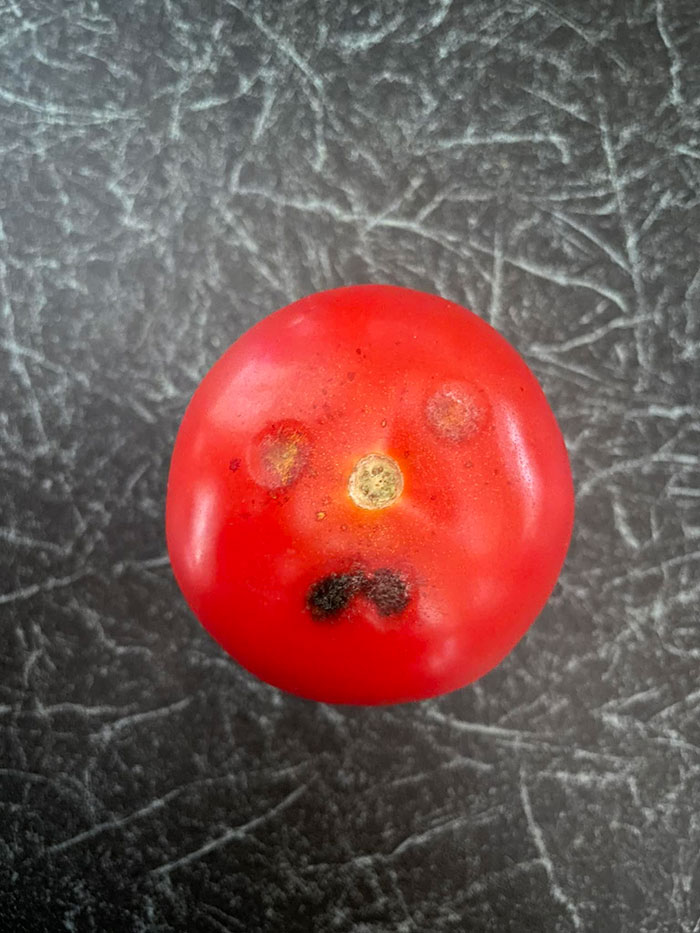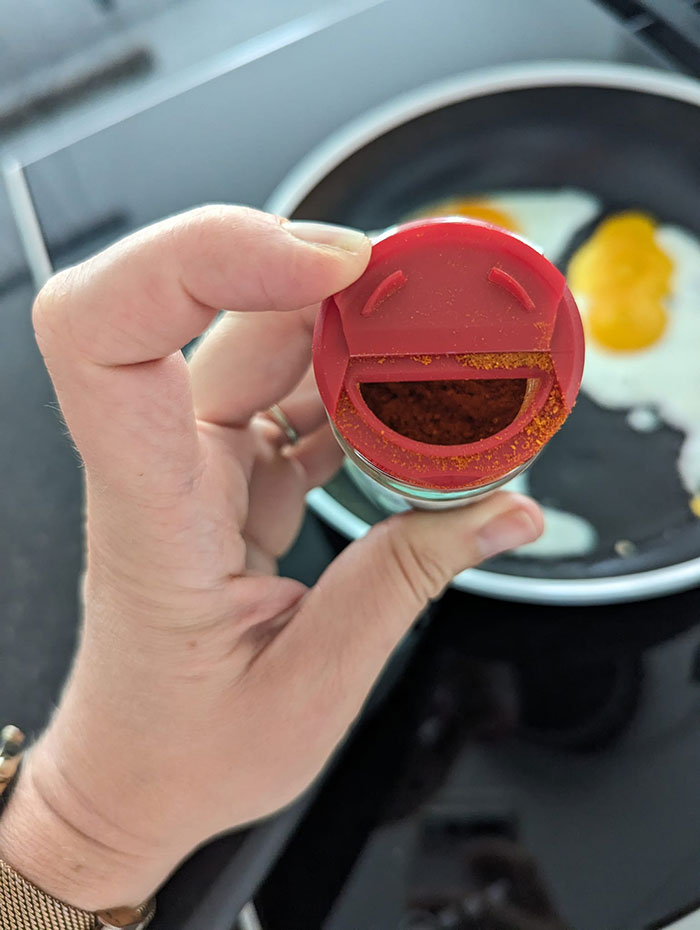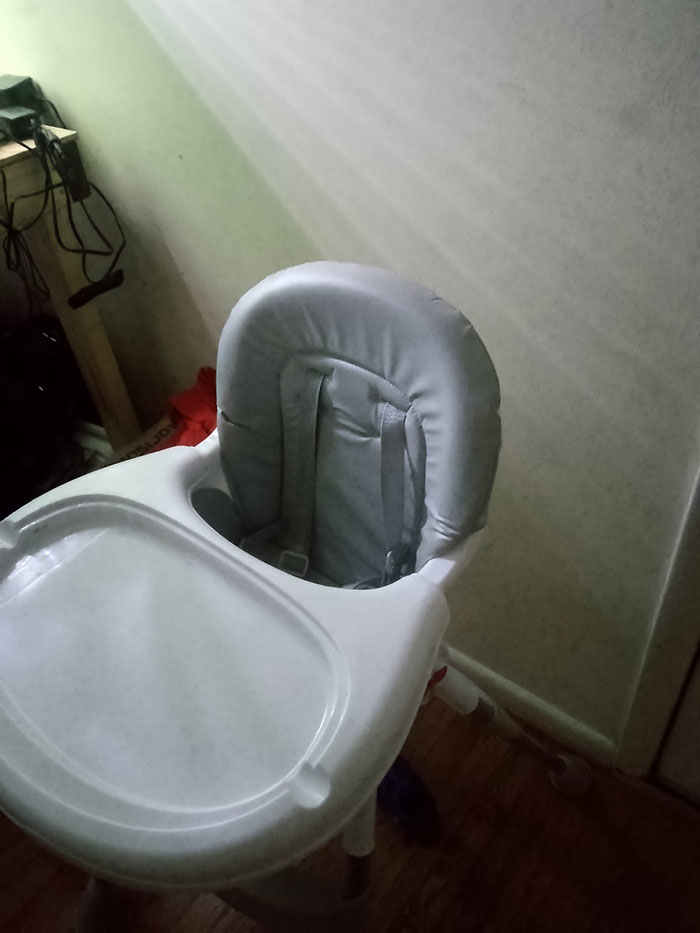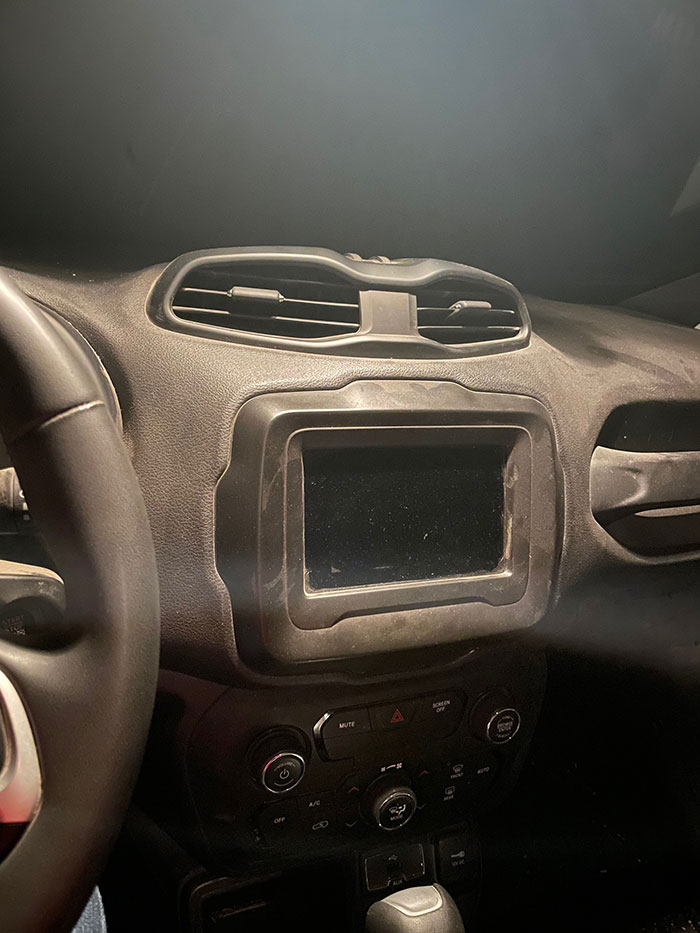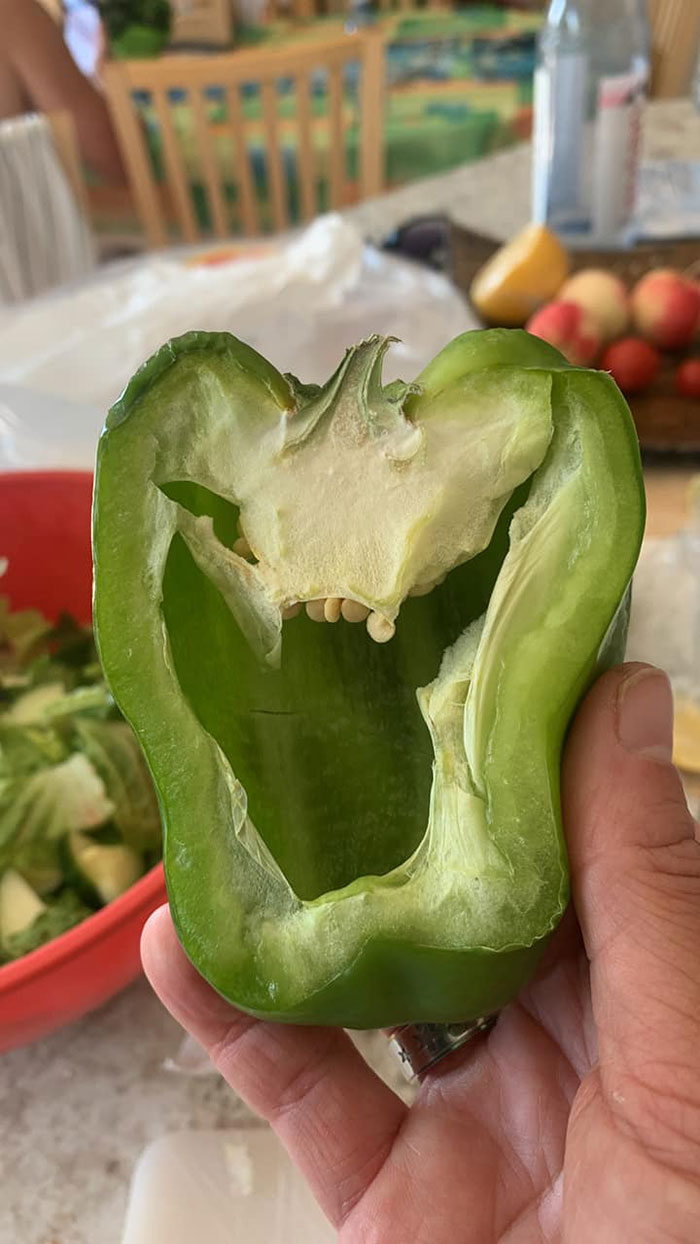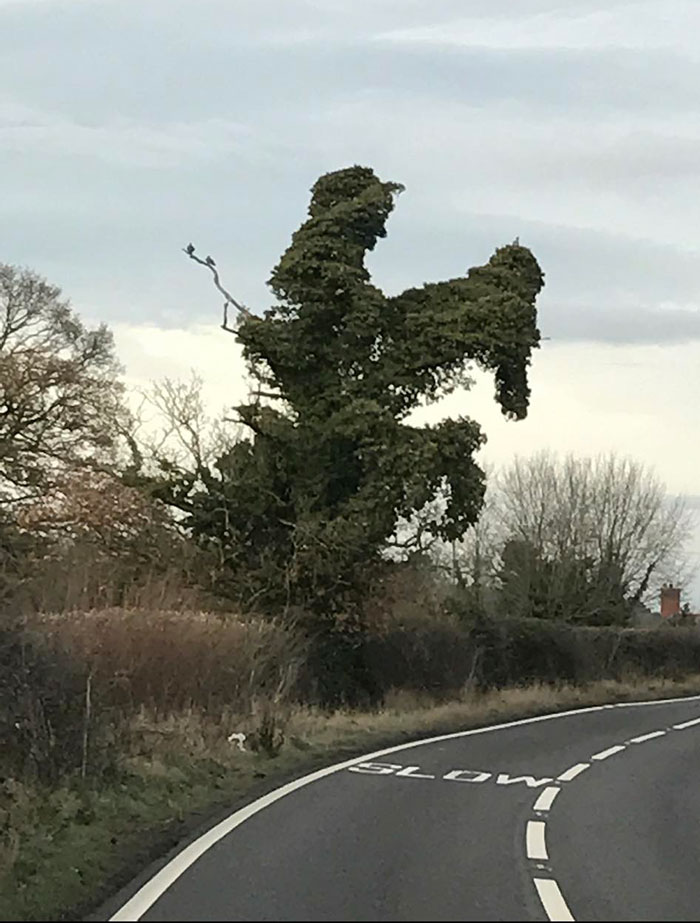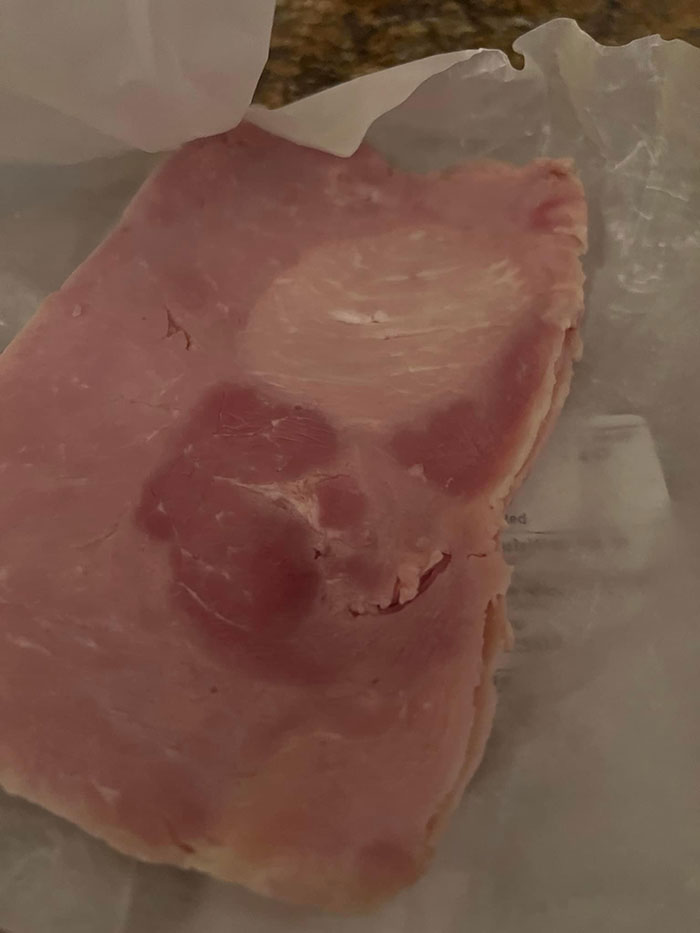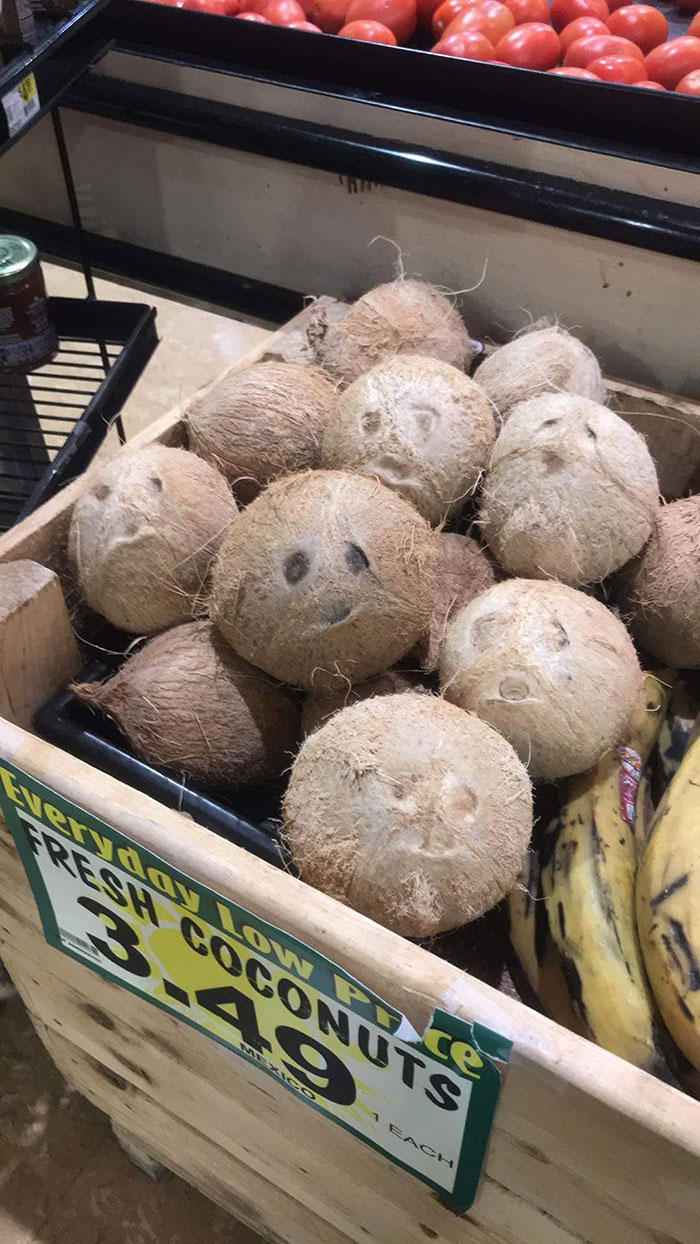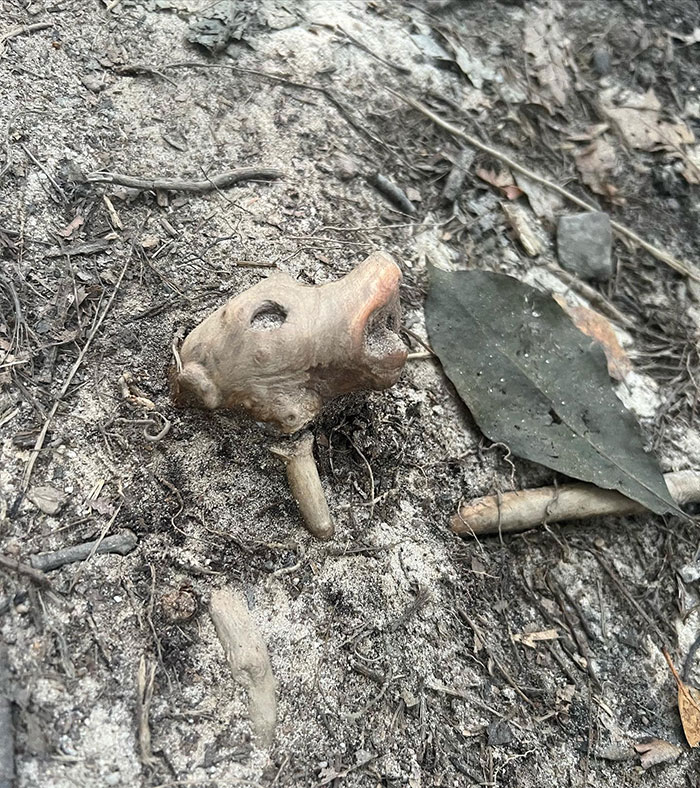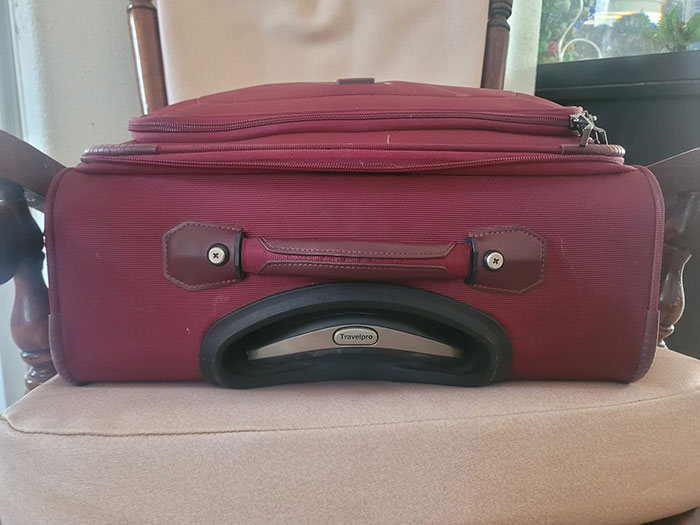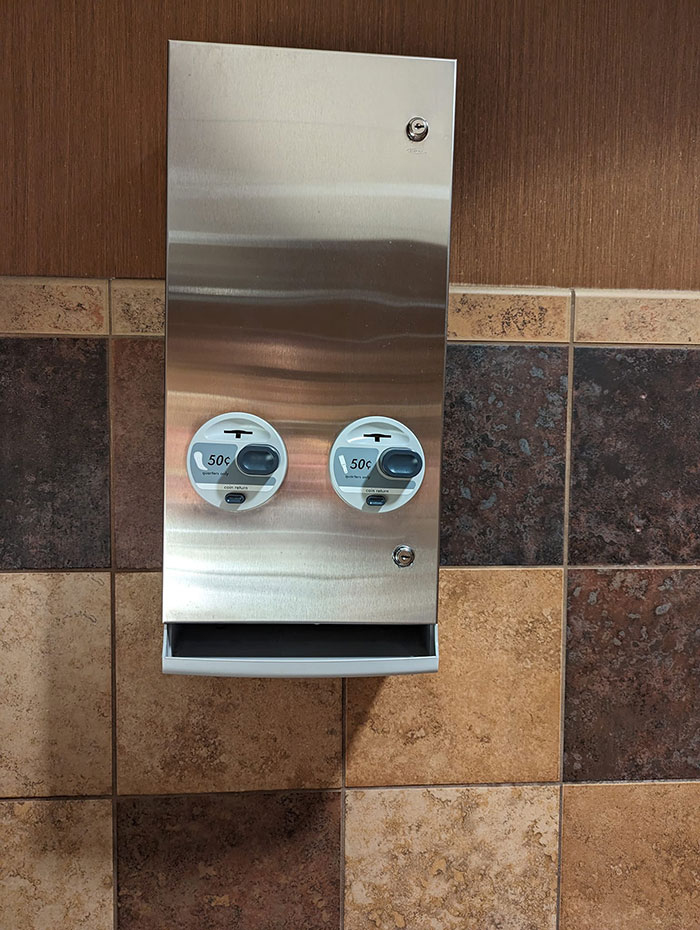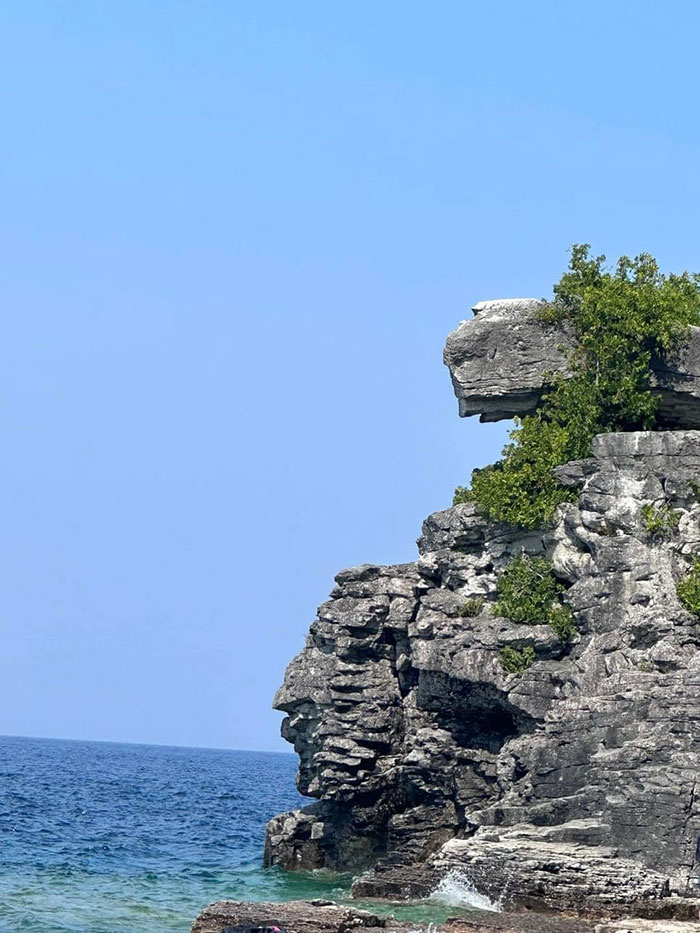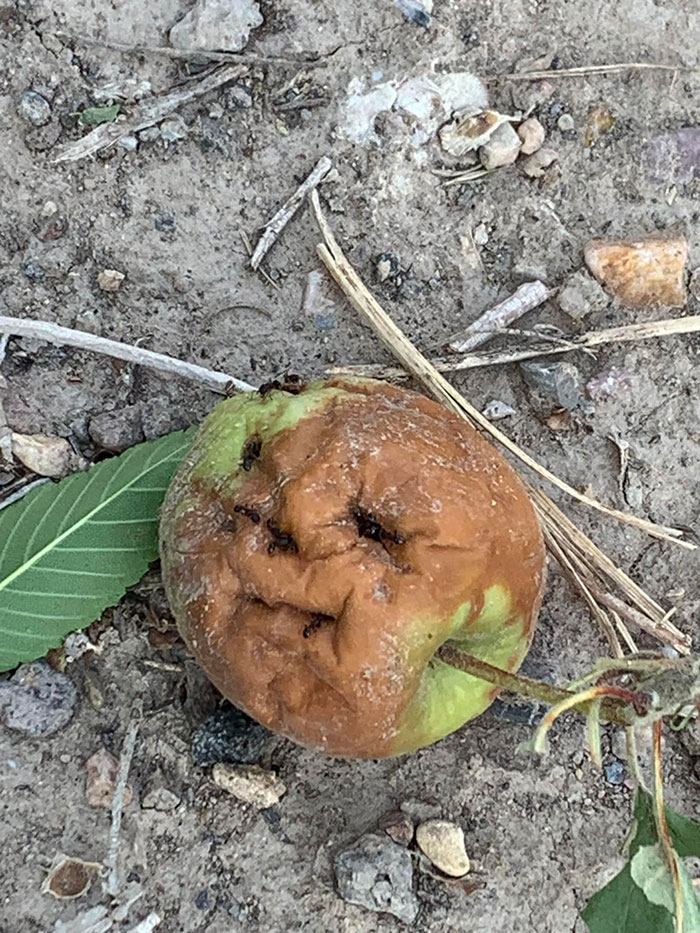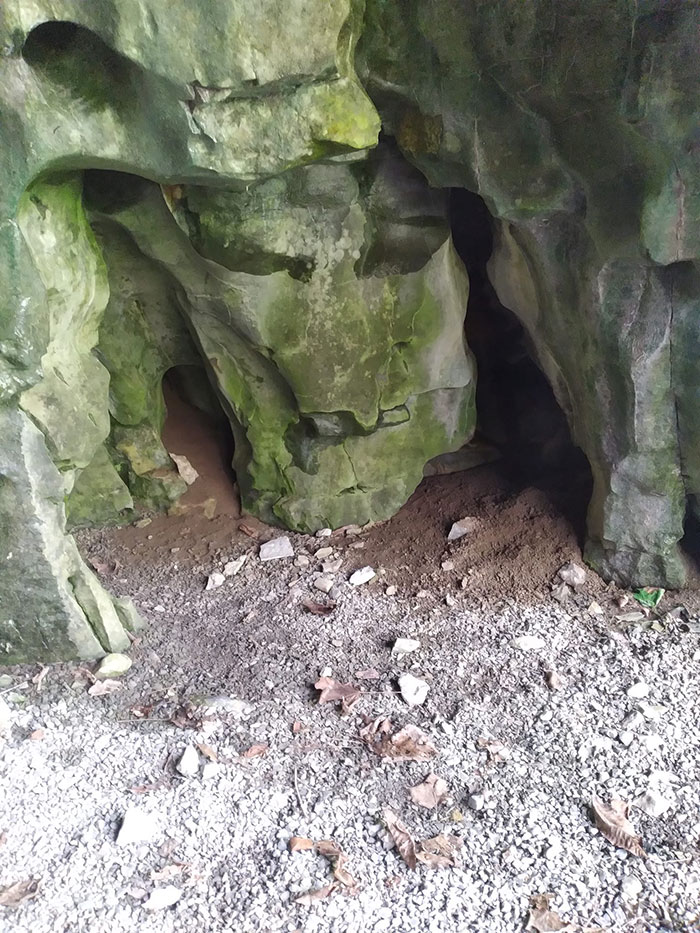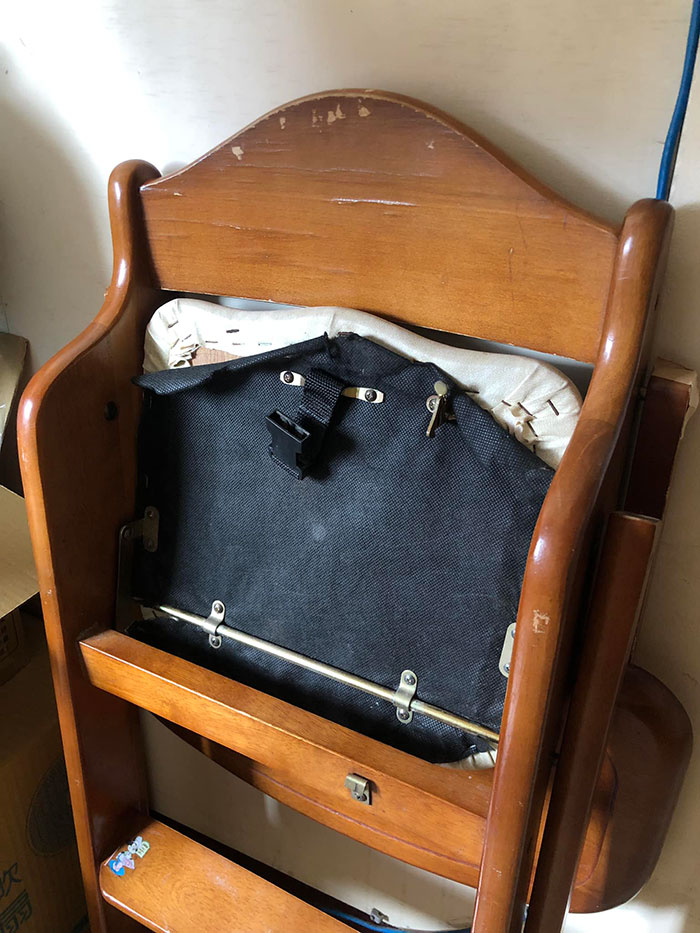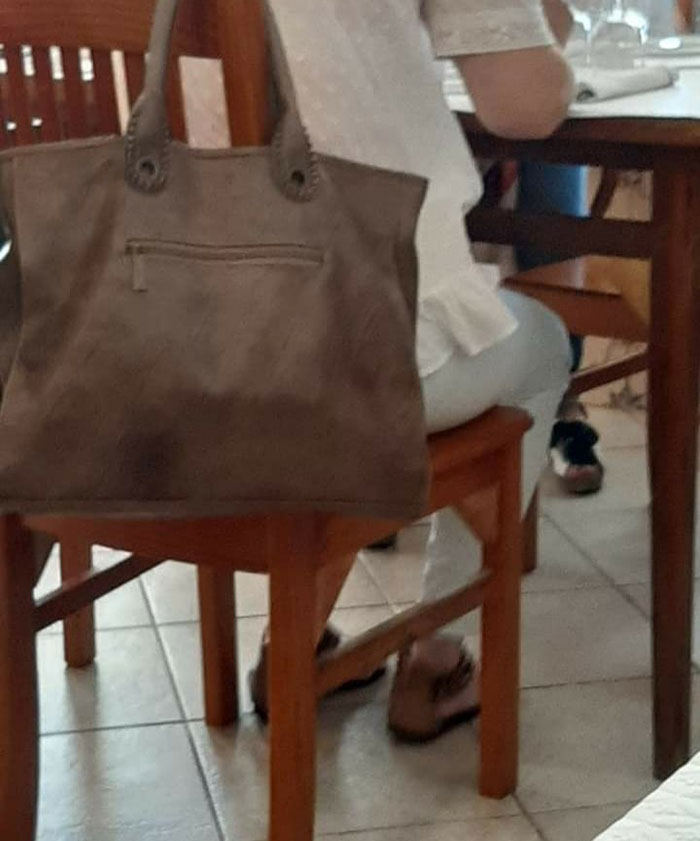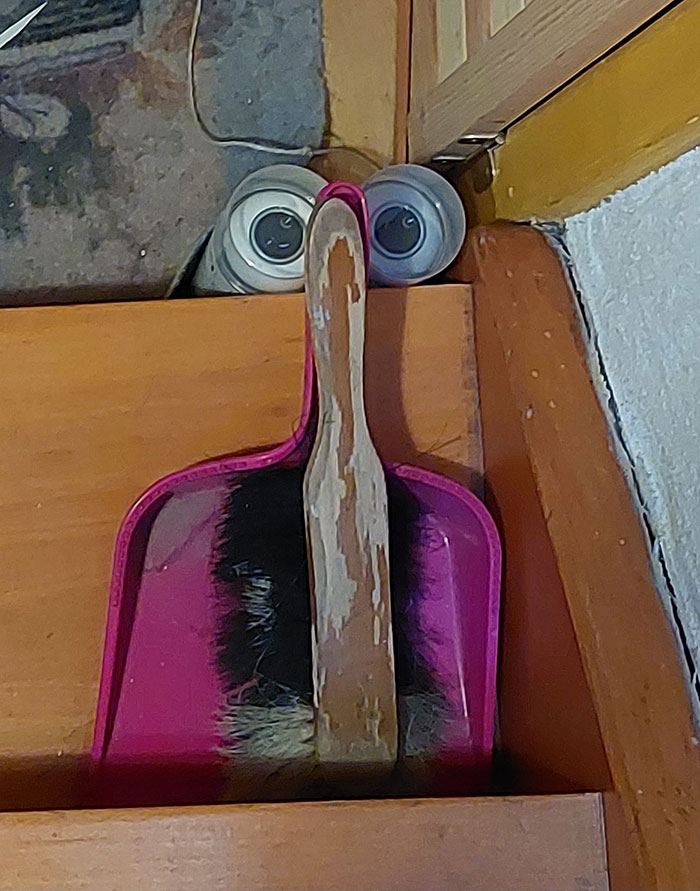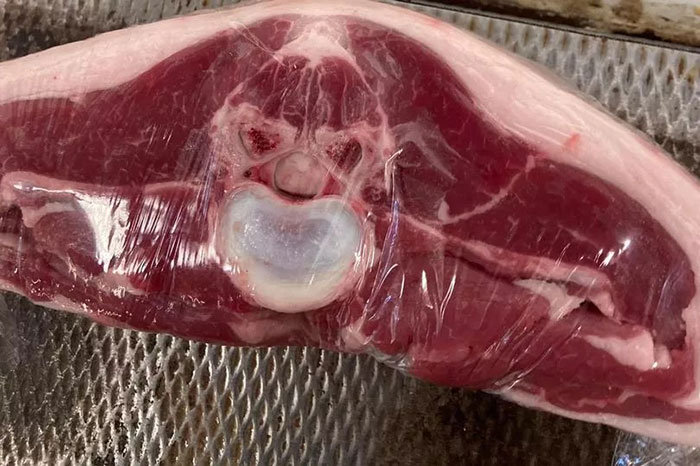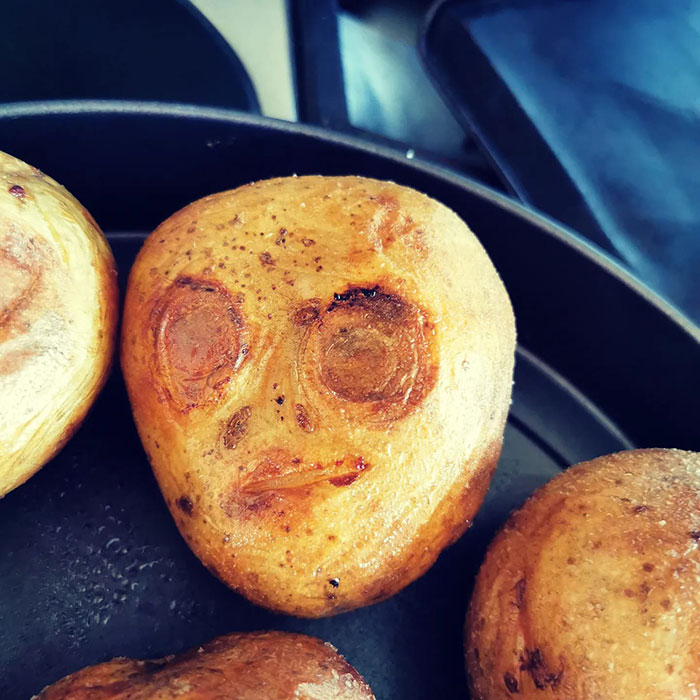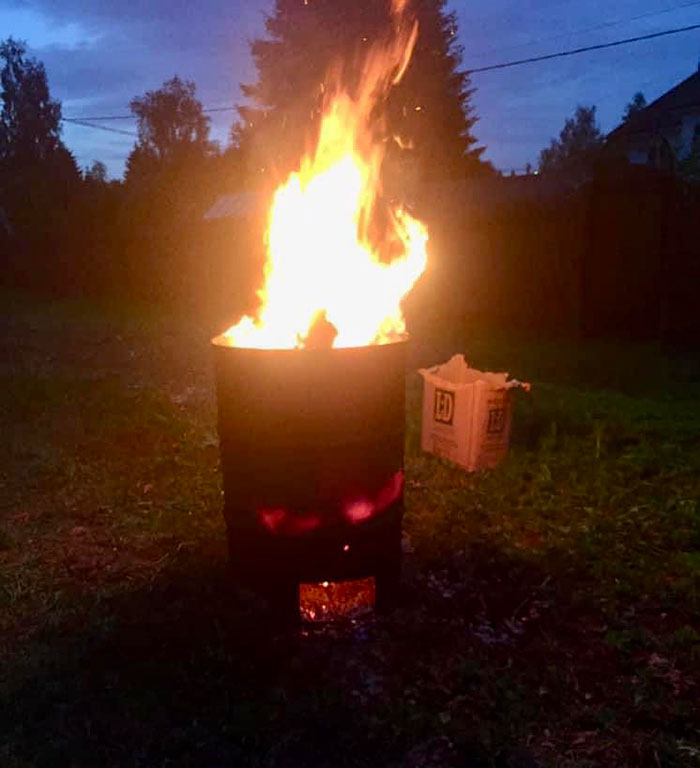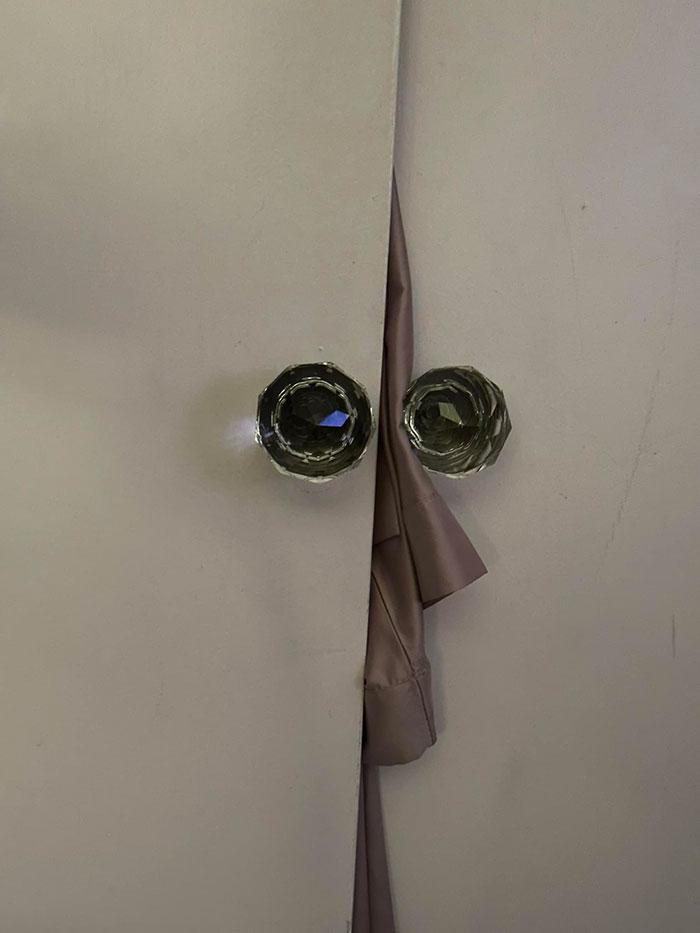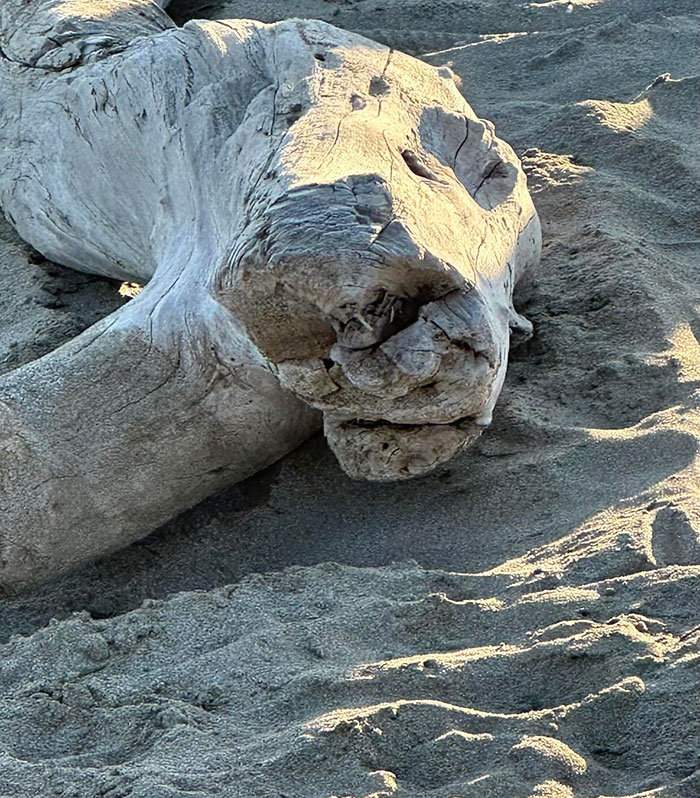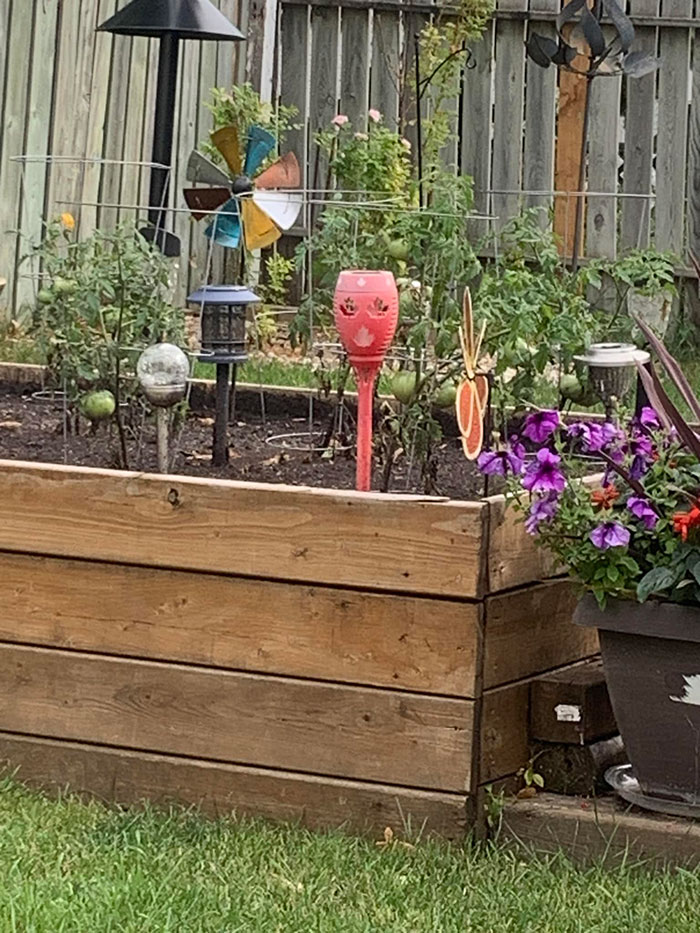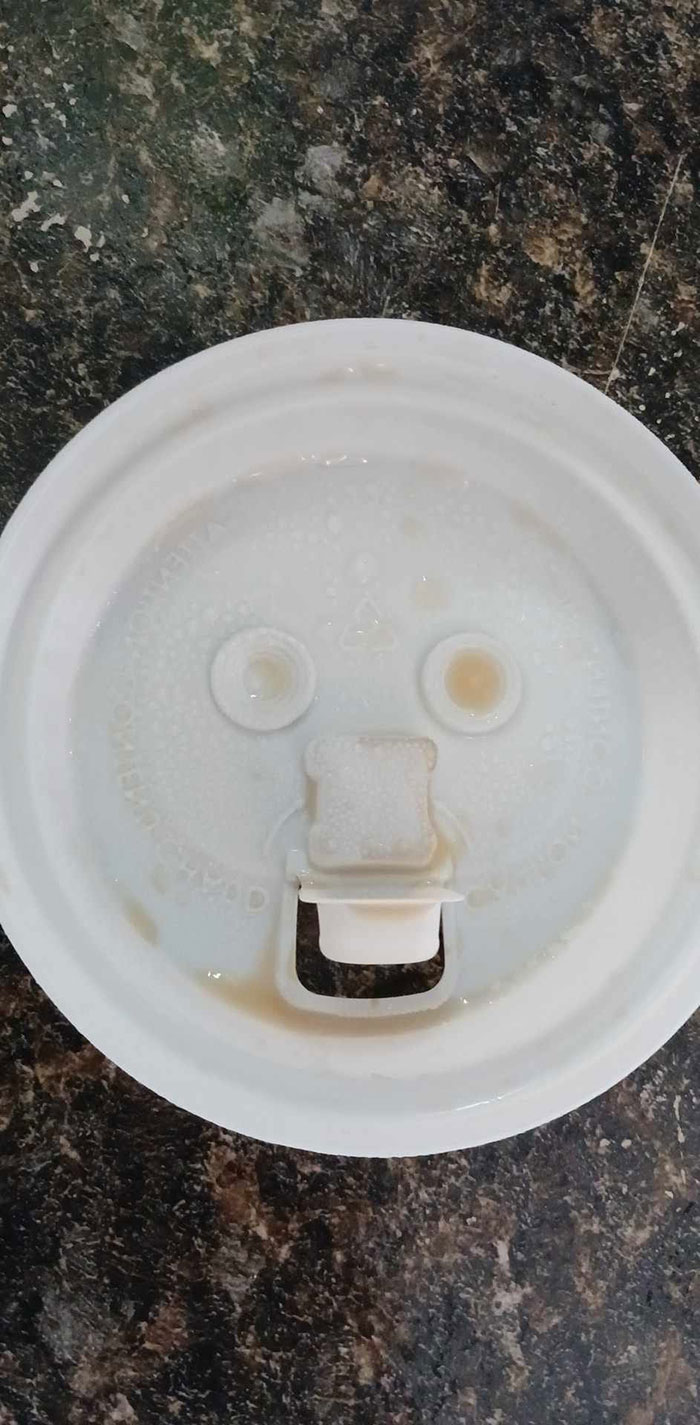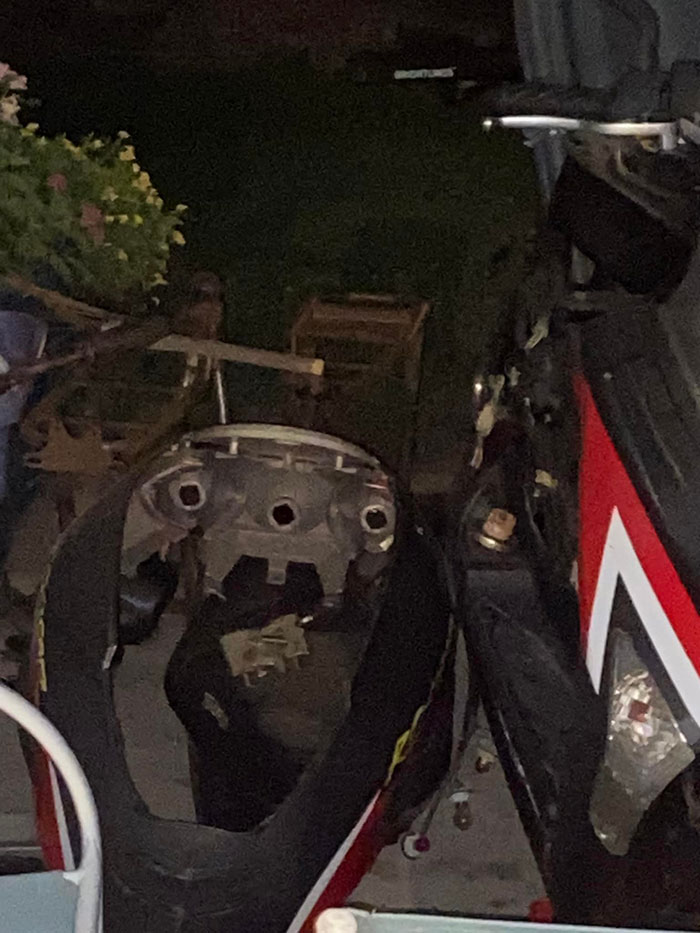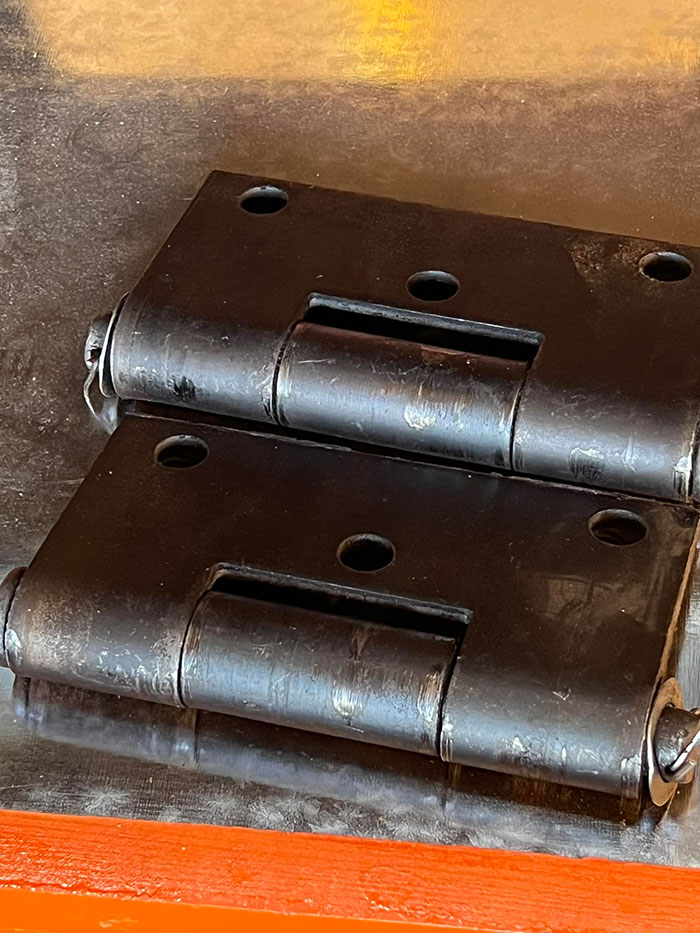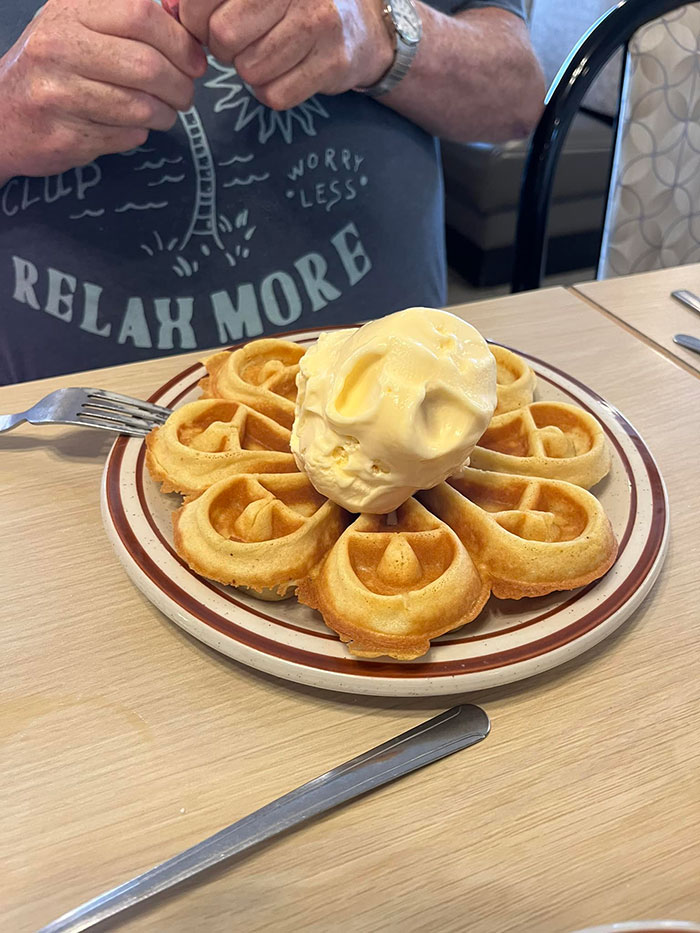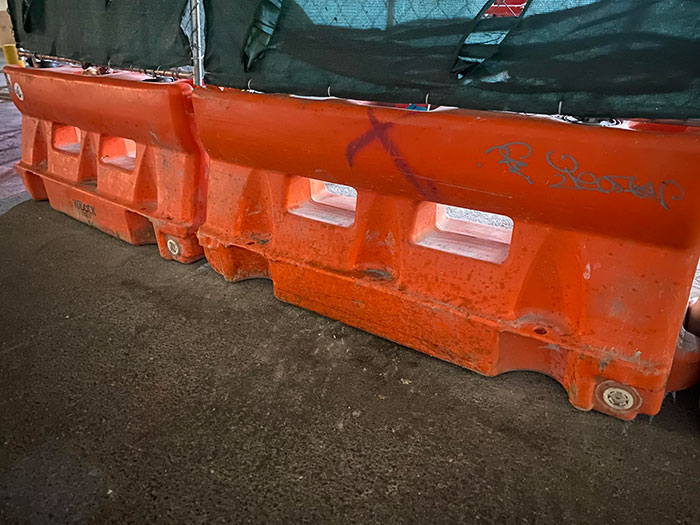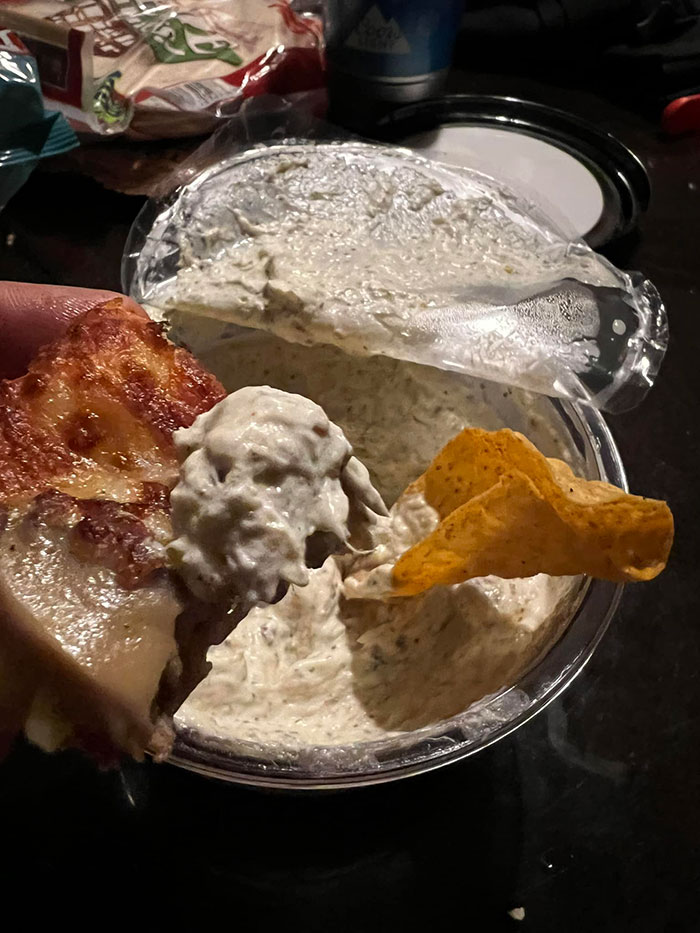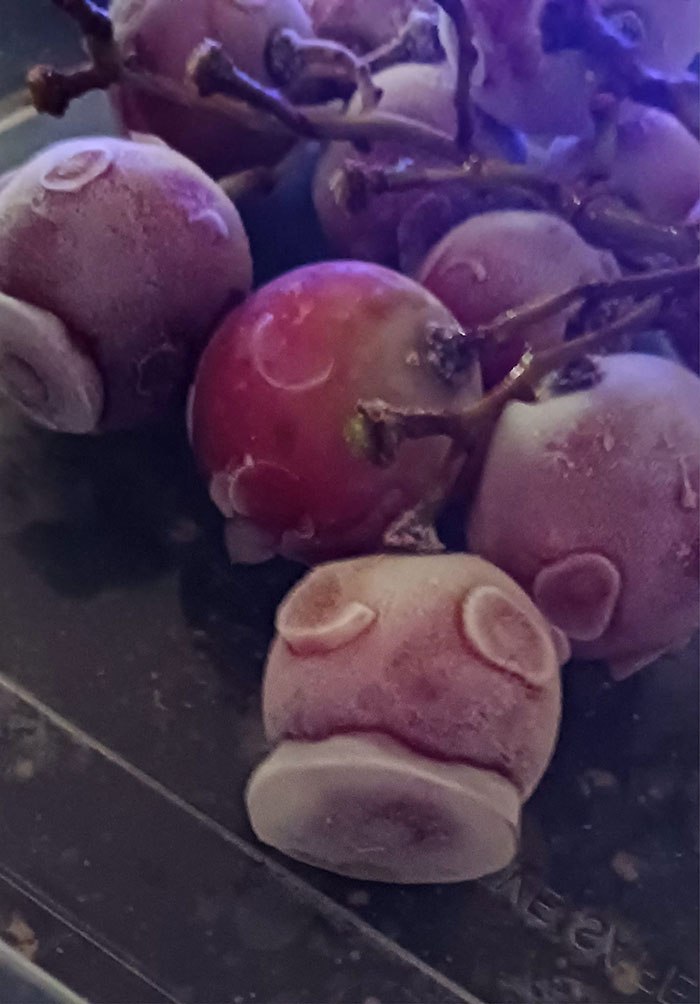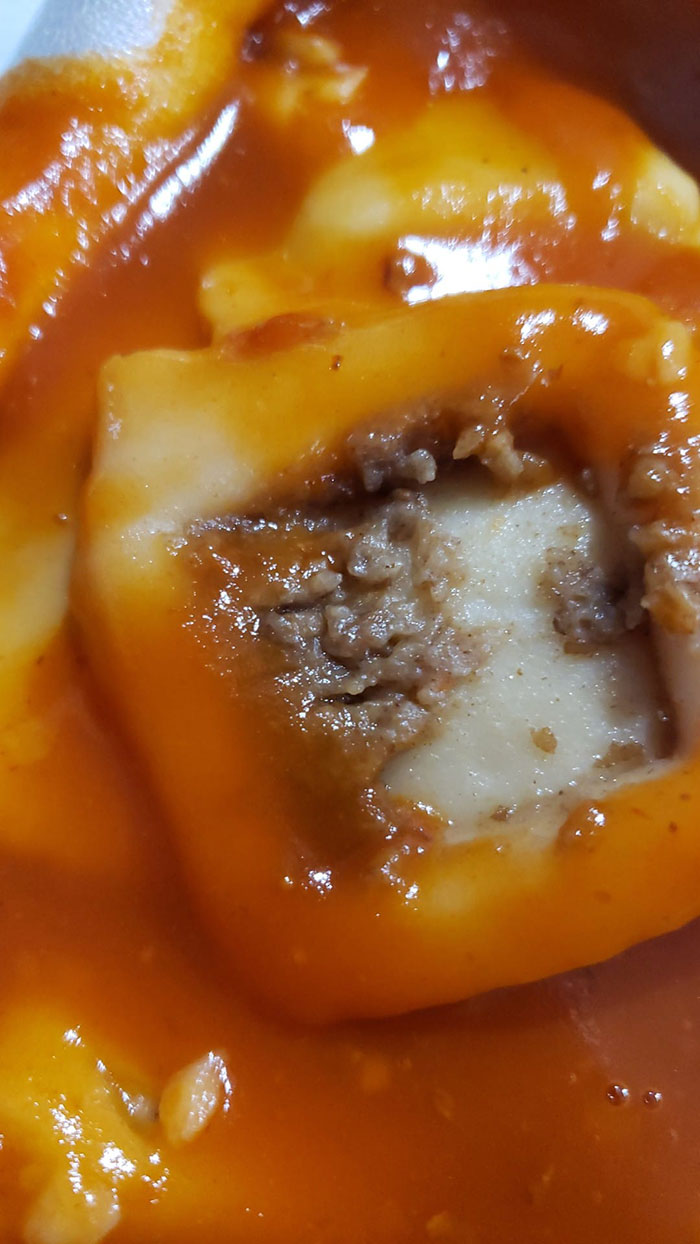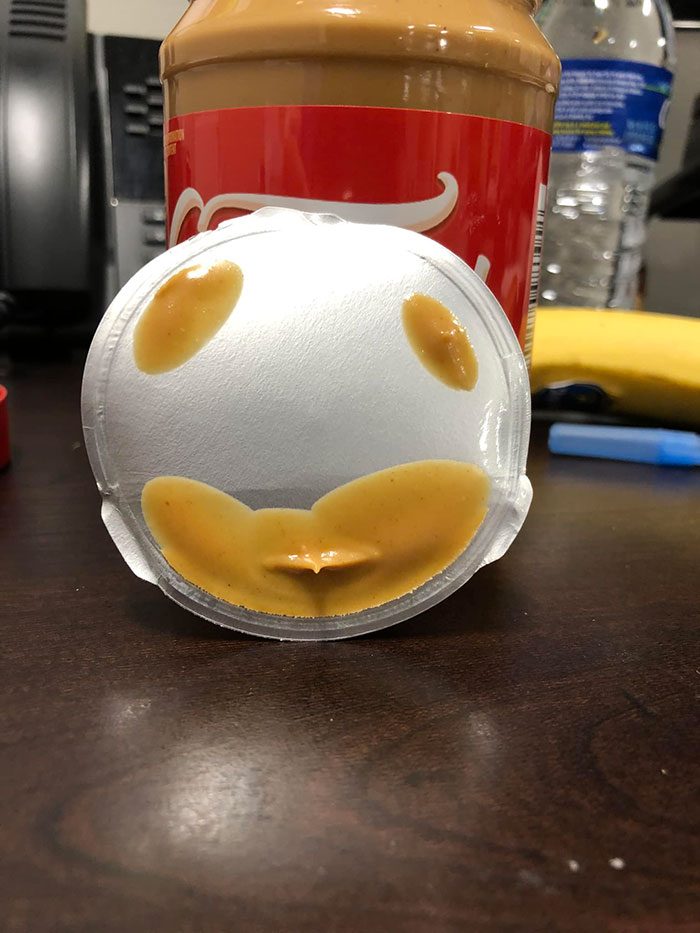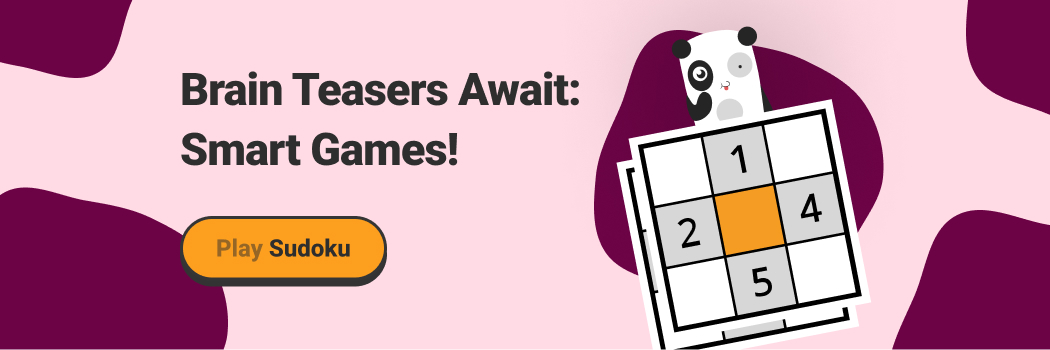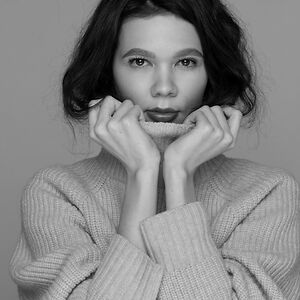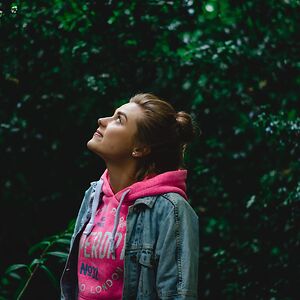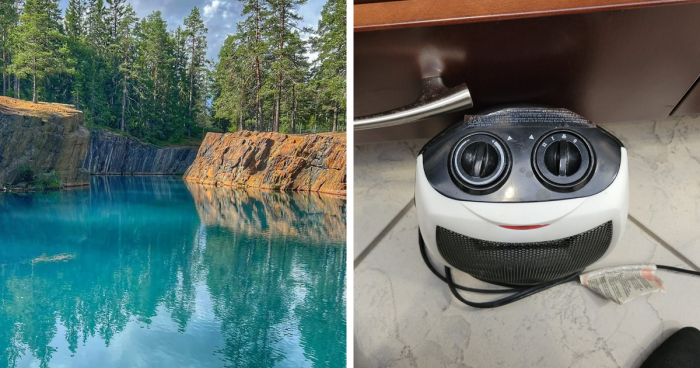
30 Times People Stumbled Upon Pareidolia And Shared It In This Facebook Group (New Pics)
InterviewSome people would call it imagination or creativity, others coincidence. Finally, someone could name it a miracle! In our lives, we randomly stumble upon things that, despite their normal appearance, may hide a surprising look.
You’ve probably heard about the term ‘pareidolia’, haven't you? If not, let us give you a brief explanation of it. Pareidolia is an interesting trick our brains play on us. Sometimes, when we look at random shapes or patterns, we see familiar things like faces or objects that aren't really there. For instance, we might see a face on the moon or see shapes in clouds. Our brain likes to find meaning and order in things, even when they are actually random. So, it creates these illusions to make sense of what we see.
The Facebook group ‘Things With Faces’ collects the best examples of pareidolia, shared by its members who spotted it and wanted to show it to others. Scroll down to see the true gems we selected to share with you today.
This post may include affiliate links.
Bored Panda reached out to Douglas E. Matuska, one of the moderators of the 'Things With Faces' Facebook group, to learn more about the community he is part of and his interest in pareidolia. We wanted to find out what initially intrigued him about this topic. Matuska shared, “Pareidolia is a fascinating psychological phenomenon in which our brains perceive meaningful patterns or familiar images in random or ambiguous data, particularly in visual stimuli. For example, people might see a face on the moon or interpret cloud formations as recognizable objects. This illusion is caused by the brain's natural inclination to seek order and meaning, even when it may not objectively exist in the stimulus.”
When asked about his discovery of this unique phenomenon, Douglas explained, “I am not sure exactly when I first encountered the phenomenon of pareidolia, but I do remember a time when I was young. You likely came across the rock formation that resembles a face on Mars. The rock formation is interesting, but I was particularly amused at people's response to it since many saw it as clear evidence of aliens.”
We also learned that Douglas' passion for pareidolia has been partially influenced by another interesting hobby he shares with his father: “My father and I enjoy identifying various kinds of wildlife, and often our descriptions involve describing a feature on a bird or an insect by saying it looks like an object that we are familiar with. I know that is not pareidolia, but I think it has developed my eye to see things in a way that lends to it.”
As a moderator of the 'Things With Faces' group, Matuska likely encounters a diverse array of pareidolia images. We were curious about the aspects of pareidolia that intrigue him the most, and we discovered that “I'm intrigued by the variety of images that come through the group. Some images are made of very solid objects like an arrangement of pipes. Some seem to be drawn by nature, like the grain pattern on a board. Some are more nebulous and changing, but the photographer snapped the image at a particular moment, like ocean waves or smoke.”
Finally, we were wondering how Douglas experiences pareidolia in his day-to-day life. He revealed, “As a moderator, I sift through about 100 images daily for approval in the group, and that is not an exaggeration. In doing so, I see face after face after face. Now when I am going about my day, I see faces everywhere, and I am much more aware of these than I would be otherwise.”
I 've had the roughest day ever and now someone's going to stab me with a sharp knife and throw me in a salad.
This makes me think of Crowley's car, and how everything turns into Queen.
Soome aarreee faaceess soome aarrree yyyooouurrr iimmaaagiinnaatioon
Soome aarreee faaceess soome aarrree yyyooouurrr iimmaaagiinnaatioon

 Dark Mode
Dark Mode  No fees, cancel anytime
No fees, cancel anytime 




